The best cheap phones 2025: bargain picks from Apple, Samsung, Google, and more that are actually worth your money
Here are the best budget-friendly options from Apple, Samsung, and more
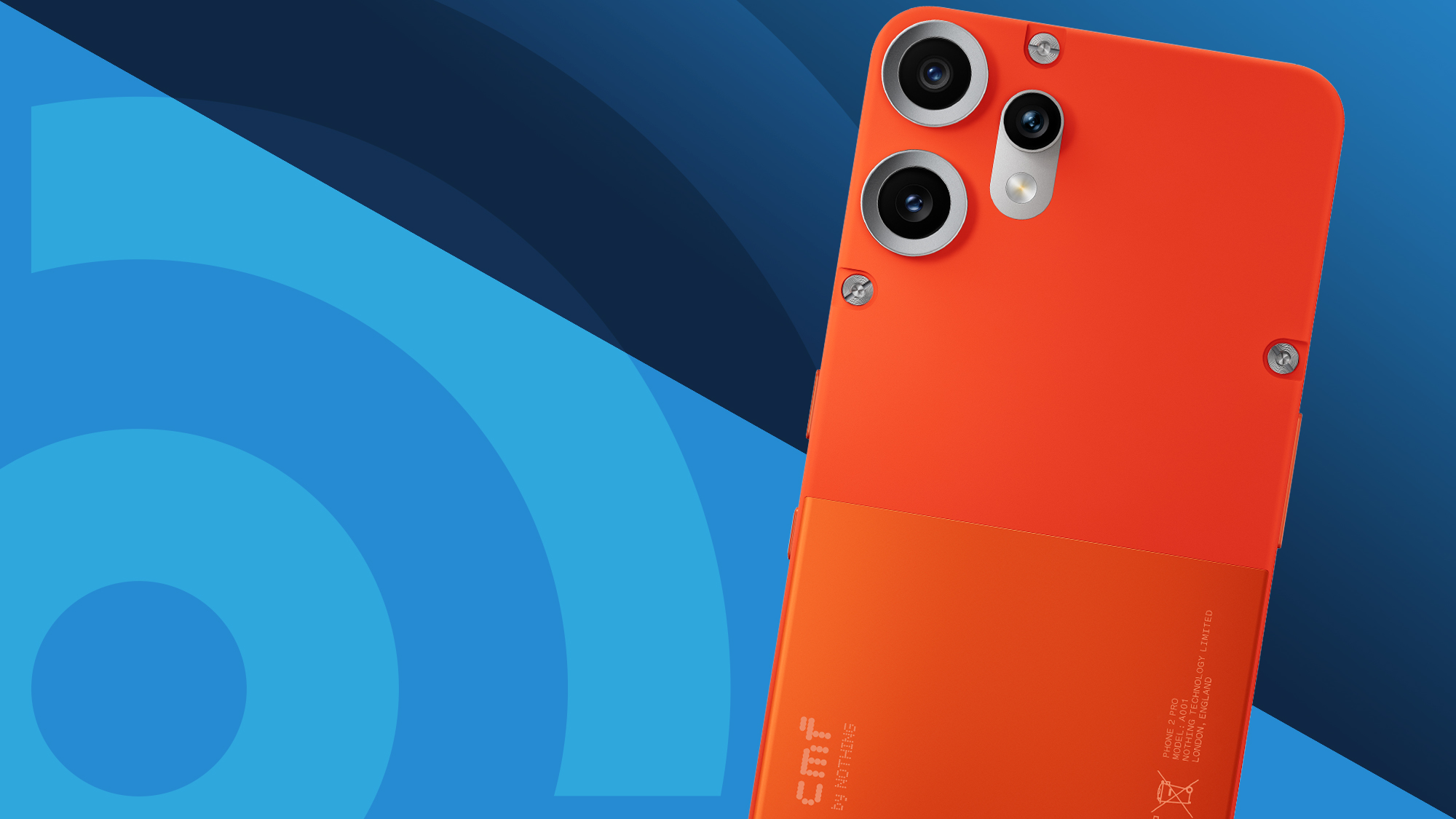
It's hard to find a great cheap phone worth buying. Even when phone makers like Apple launch a cheaper iPhone 16e, there might be a better option that offers more value or a lower price. We've tested all of the top smartphones, and we can tell you which bargain models will make you happy for years to come, and which you should avoid. Our favorite costs less than $300 / £300 / AU $600, and the rest of these phones can be yours for less than $500 / £500 / AU$850 (with one exception).
I spent weeks testing the CMF Phone 2 Pro by Nothing, and even though it's incredibly affordable, it offers a unique design, solid performance all around, and features that will keep you satisfied. Best of all, it doesn't feel like the cheap version of the phone everybody else is carrying.
Unfortunately, if you must have an iPhone, you're going to have a hard time finding a bargain, as Apple has jacked up the price on its low-end model considerably. The cheapest new iPhone is the overpriced iPhone 16e for $599 / £599 / AU$999. I've tried that iPhone and it lacks too many vital features, like versatile cameras and MagSafe magnets. Most buyers would be happier finding a refreshed model at a discount, or stretching to buy the iPhone 16 instead.
These phones are cheap, but deals are on the way and we'll be tracking the best phone deals through the end of the year and into the holiday shopping season. Keep checking back for our top bargain picks and the best prices on our favorite phones.

Phil Berne is a preeminent voice in consumer electronic reviews. He has been reviewing phones since before the first iPhone, and he even worked as an internal reviewer for Samsung, offering his opinion on top secret new models before launch. He has reviewed hundreds of phones and tablets, including all of the latest Samsung Galaxy, Apple iPhone, and Google Pixel phones.
Quick List
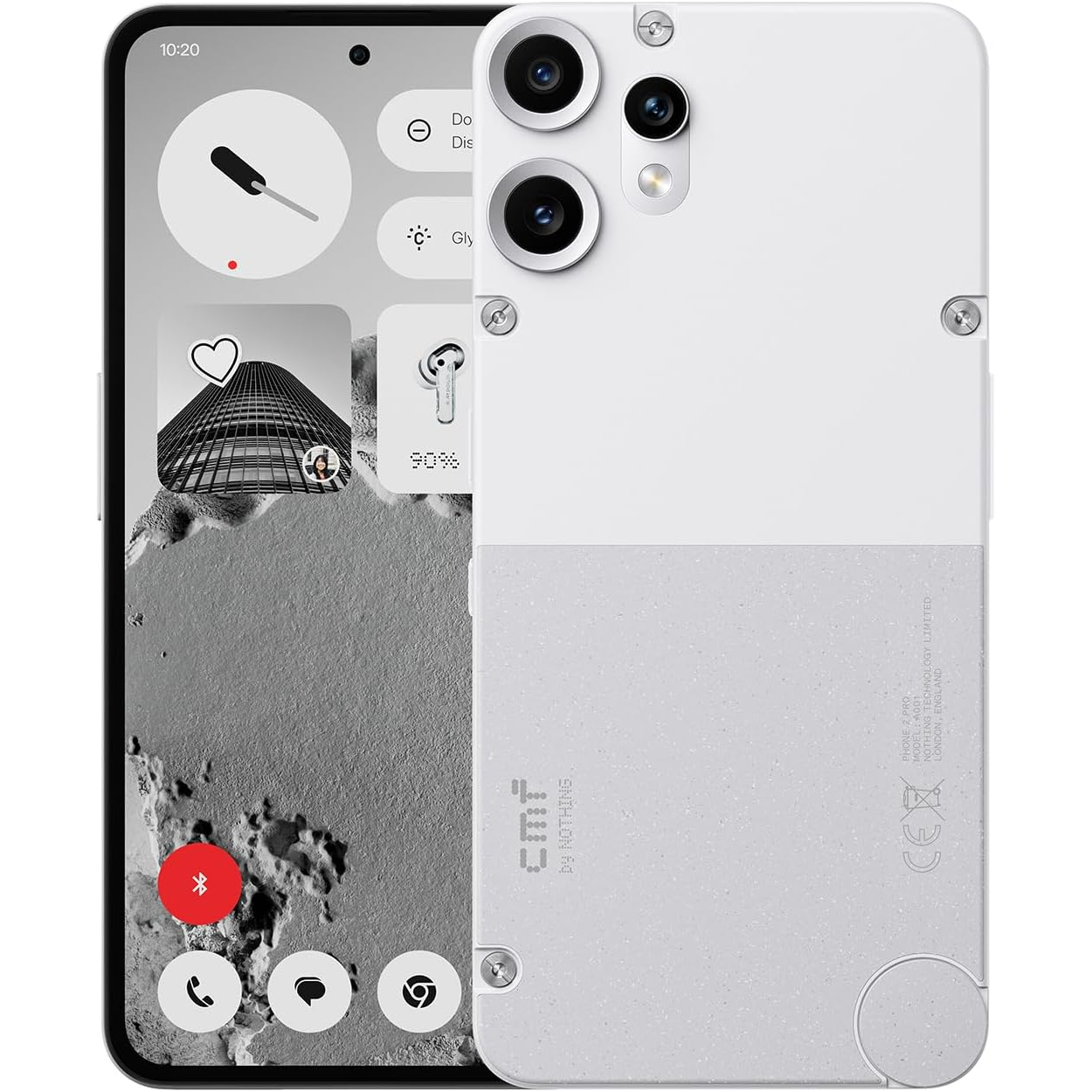
Can a bargain phone still be stylish and unique? If it's the CMF Phone 2 Pro by Nothing, it sure can. The Phone 2 Pro has an expandable design that lets you screw on your own accessories, and it features a unique interface that is thoughtful and distraction-free. This isn't just a bargain, its a whole experience.
Read more below
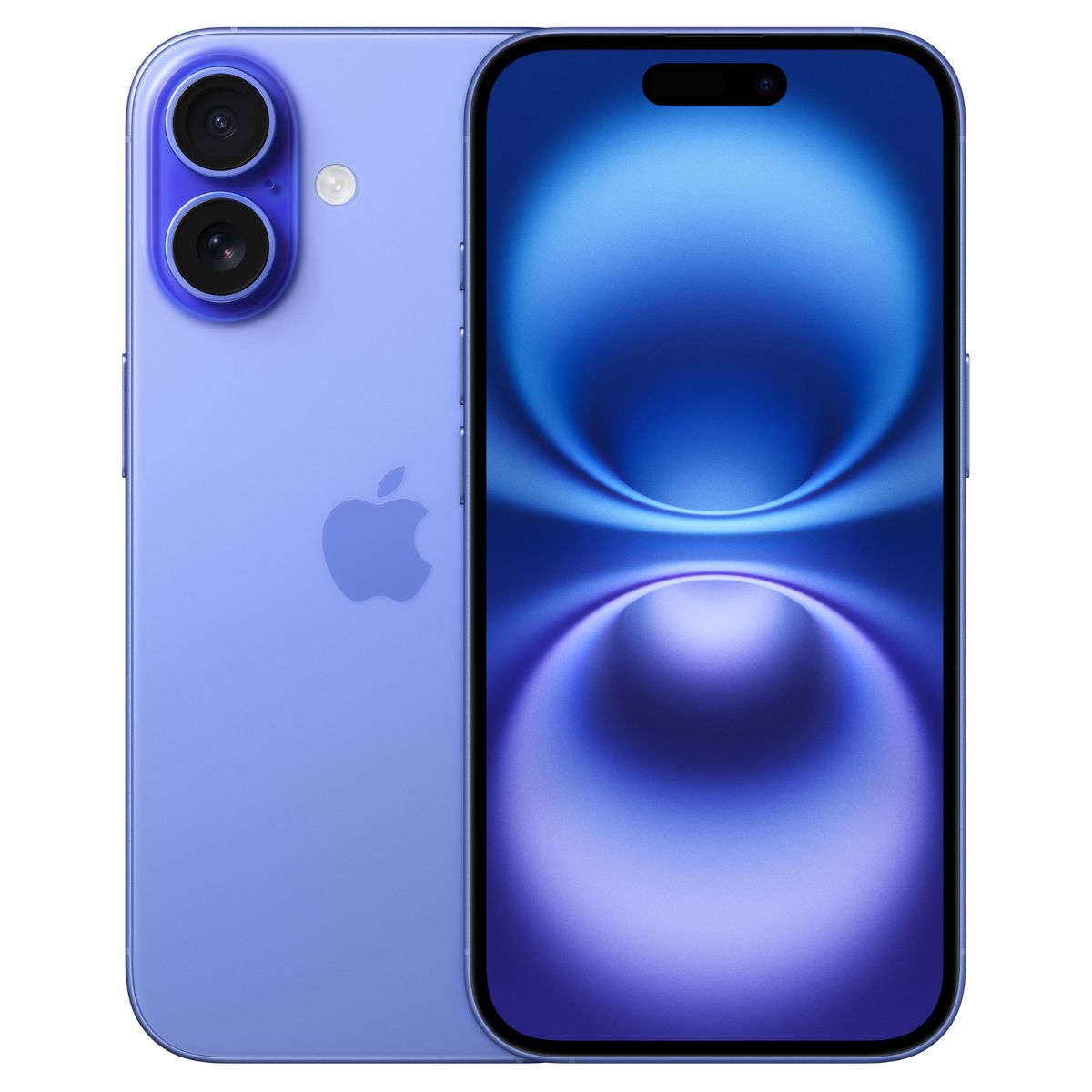
The iPhone 16 isn't cheap, but if you want a brand new iPhone (instead of a refreshed or refurbished model), this is the most affordable Apple phone I'd recommend. The iPhone 16e is cheaper but makes too many compromises, while the iPhone 16 gives you everything you'd expect from Apple's smartphone, including magnetic charging, great cameras, and snappy performance.
Read more below
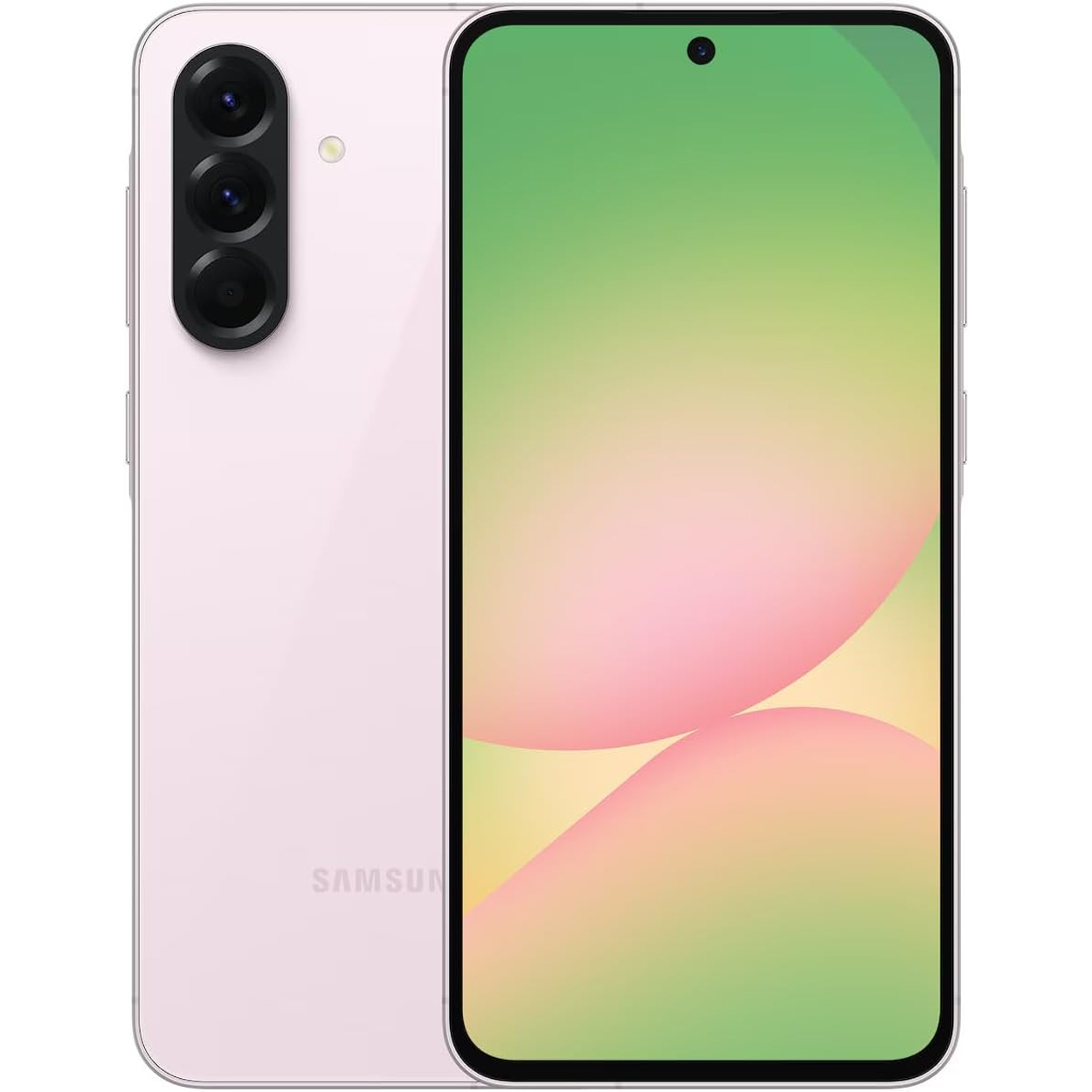
The Galaxy A35 is a great bargain phone from Samsung, but newer models have been announced and are heading to stores soon. We'll have a full review of phones like the Galaxy A36 and Galaxy A16 in the weeks ahead.
Read more below
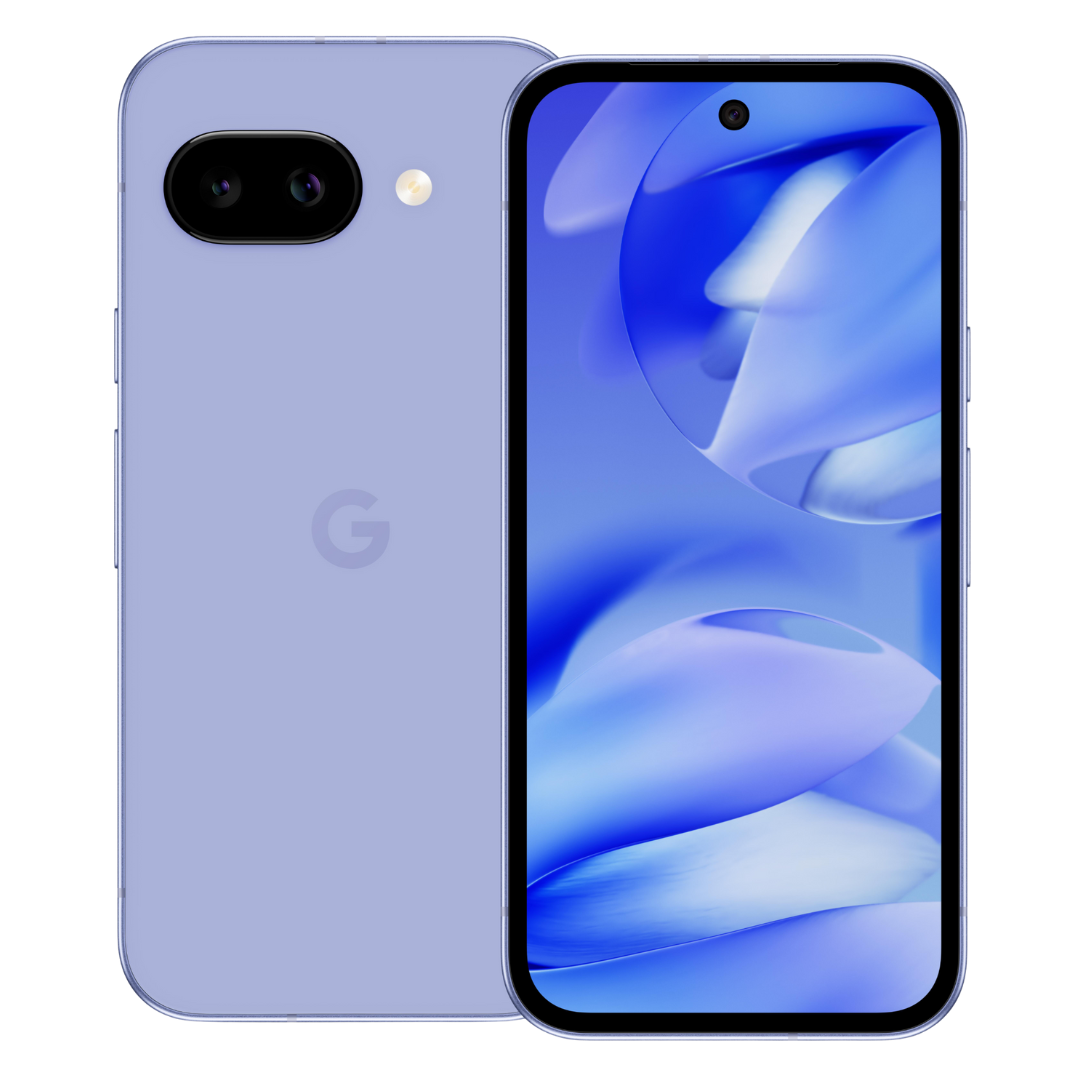
The Google Pixel 9a has Google's great software, including most of its best AI features, as well as cameras that can take photos that look as good as the Pro Pixel phones. It features a durable design and comes in bright colors for an exceptionally low price.
Read more below
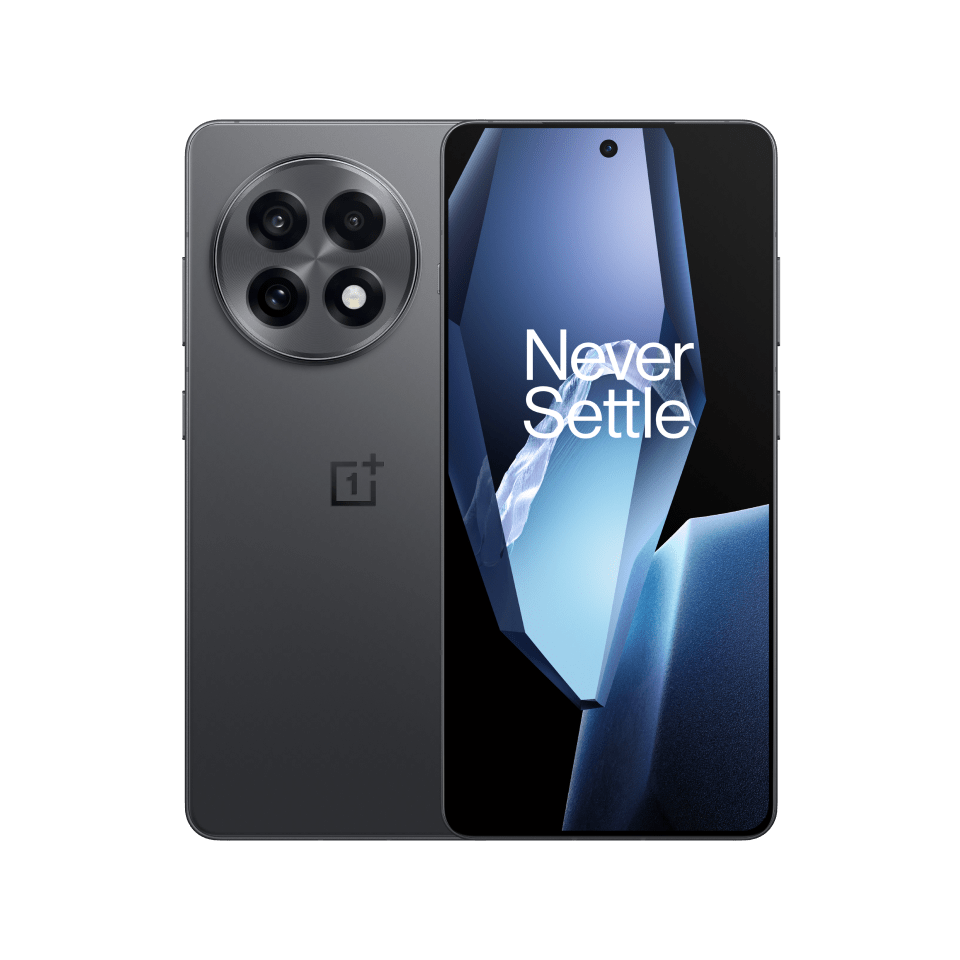
The OnePlus 13R packs near-flagship specs into a stylish frame, and sports an absolutely huge 6,000mAh battery. With amazing performance and a triple-camera system, this is a phone that truly feels more premium than its price tag suggests.
Read more below
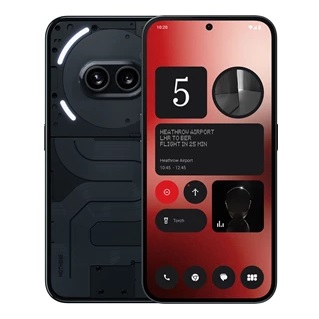
The Nothing Phone 3a Pro offers an excellent experience that's an alternative to the big name Android phone makers, with a unique design and feature set for a bargain price of $459 / £449 / AU$849. It performs far above that price point and makes for an excellent flagship killer, if you're looking for something unique.
Read more below
The best cheap phones in 2025
Why you can trust TechRadar
Below, you'll find full write-ups for each of the best cheap phones in our list. We've tested each model extensively, so you can be sure that our recommendations can be trusted.
The best cheap phone
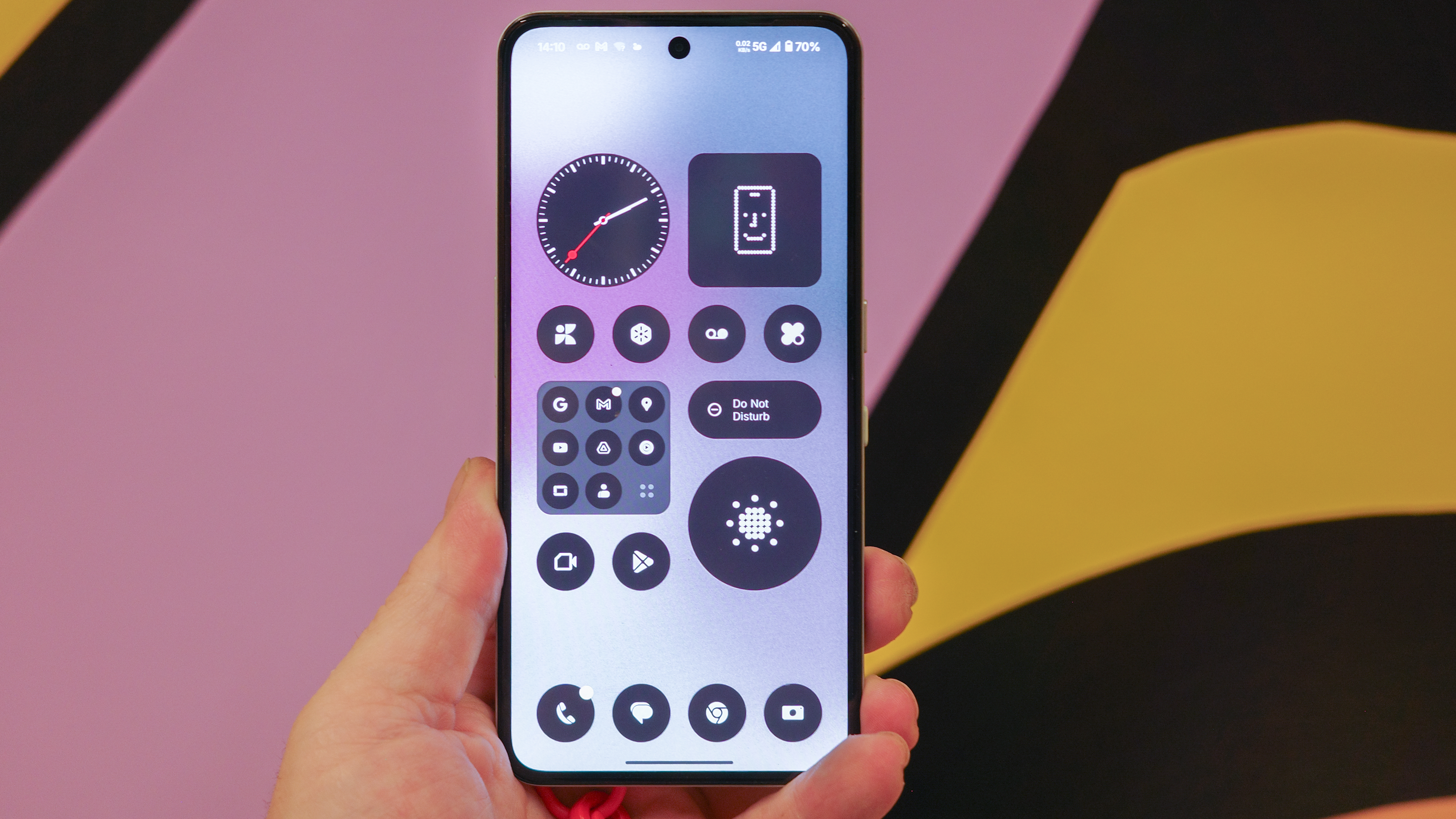
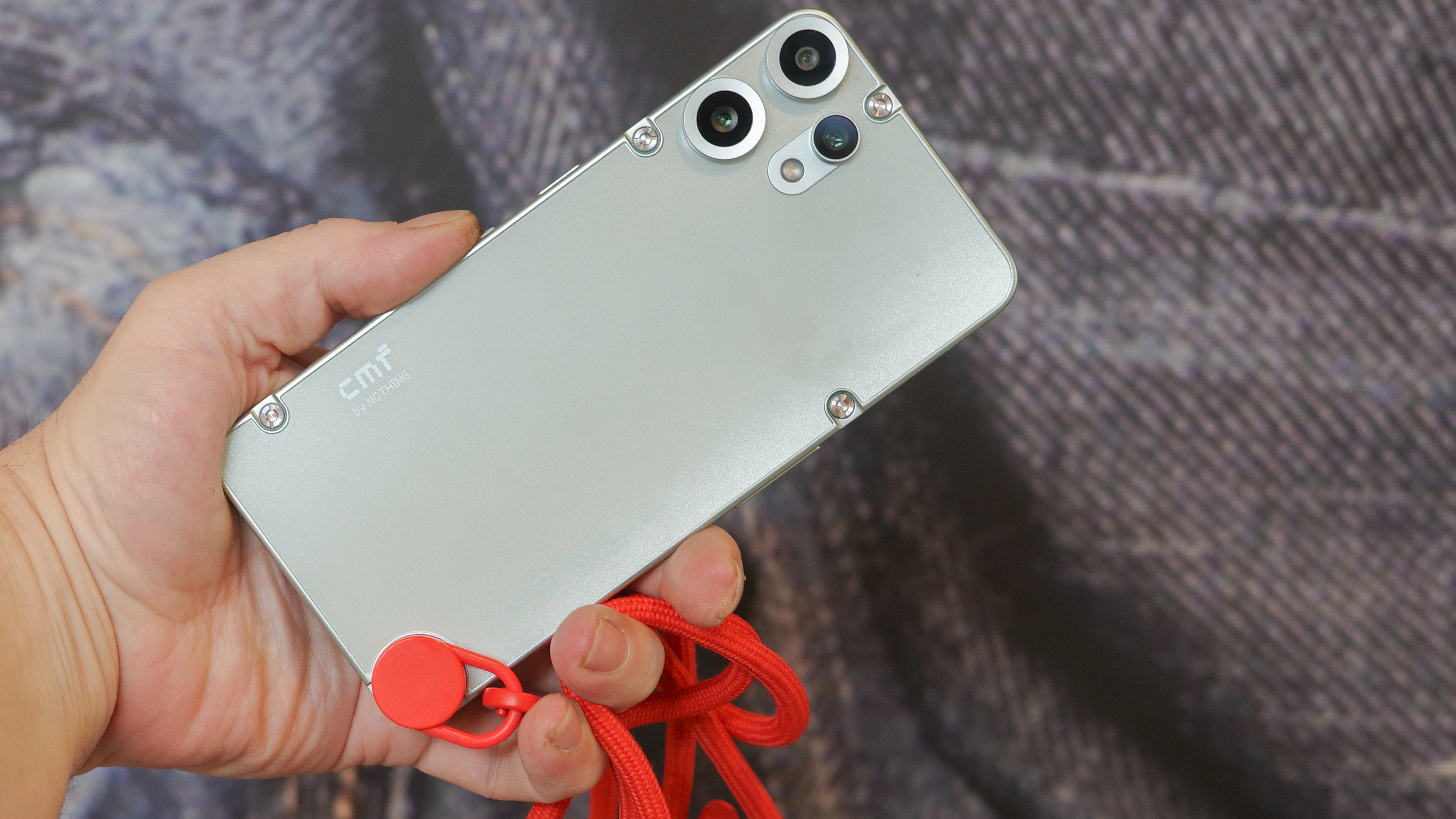
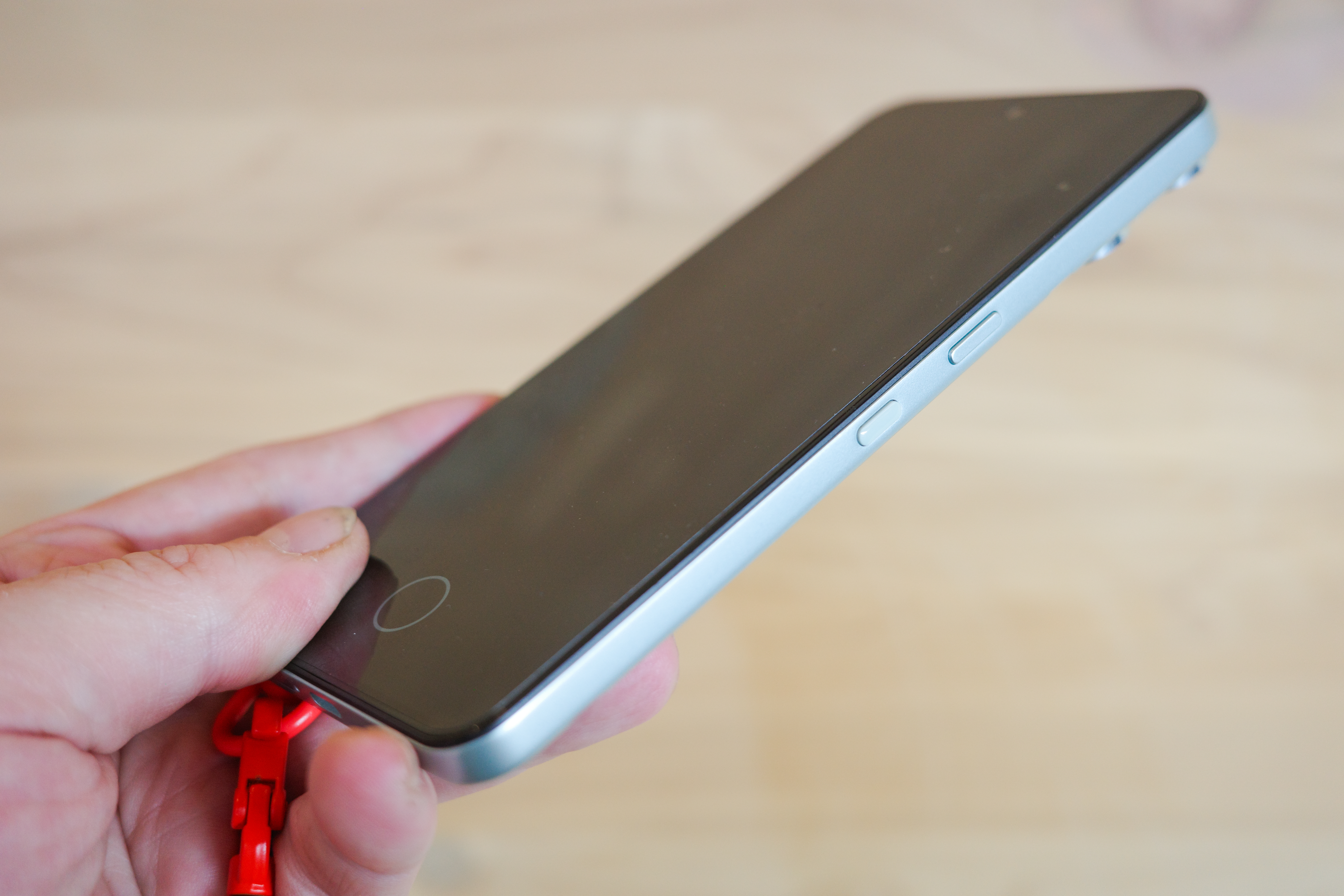
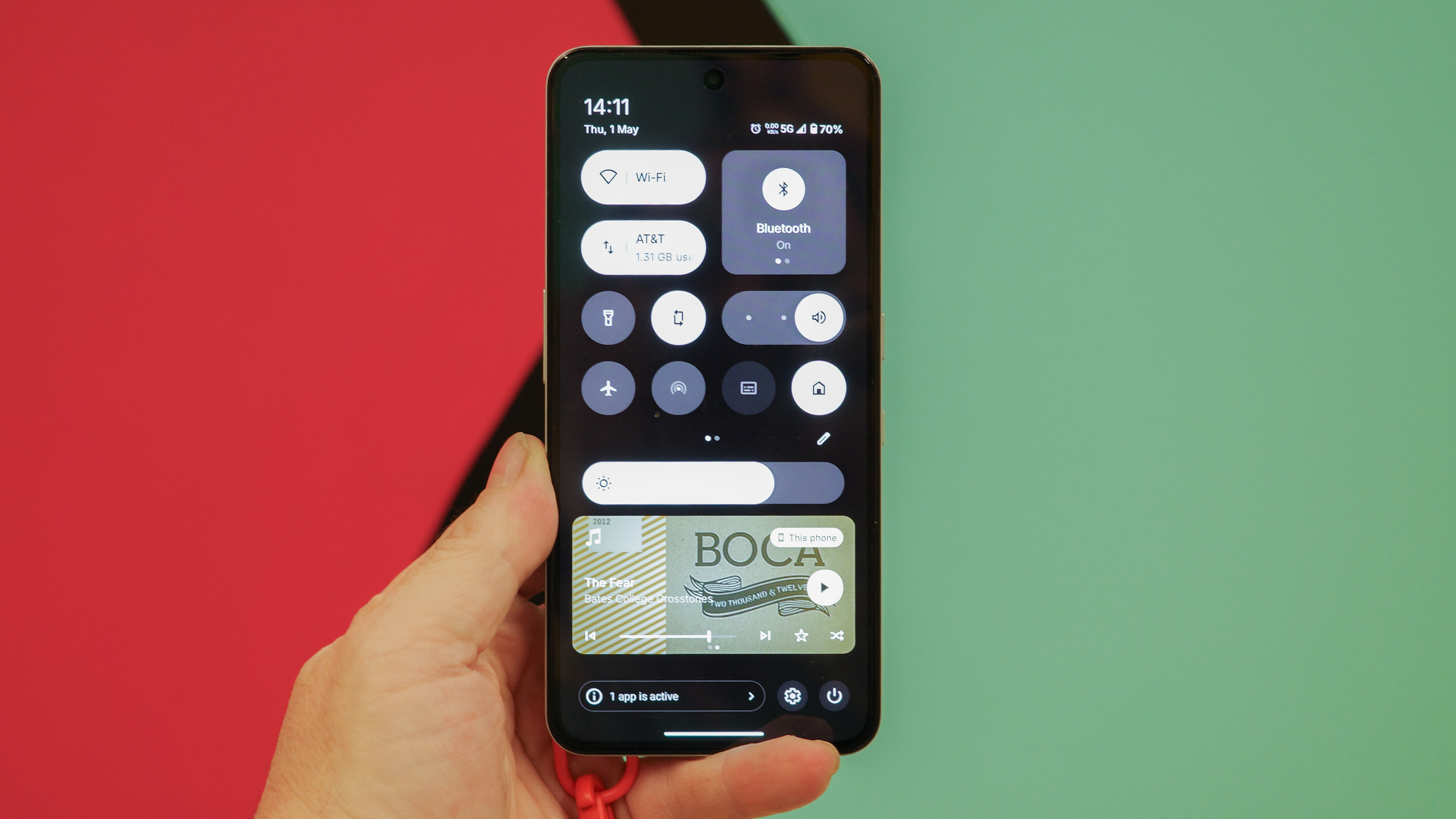
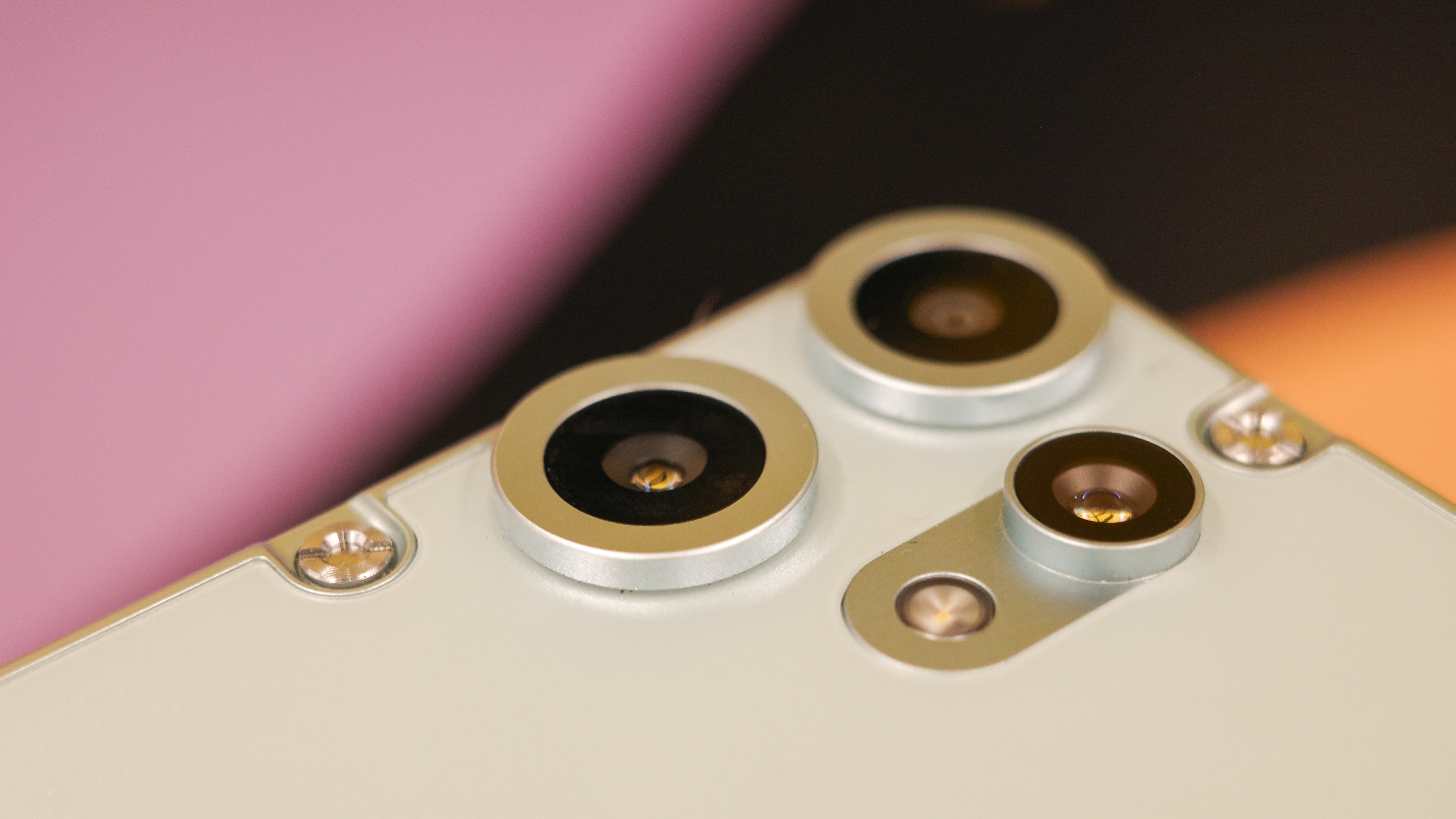
1. CMF Phone 2 Pro by Nothing
Our expert review:
Specifications
Reasons to buy
Reasons to avoid
✅ You don't want a cheap version of the iPhone or Galaxy
The CMF Phone 2 Pro stands alone. It doesn’t look like the cheap version of a more expensive phone. It's totally unique and worth checking out if you want something different, especially for this price.
✅ You have a 3D printer and want to make accessories
The CMF Phone 2 Pro can be customized with accessories that you can buy or even print yourself. There's a growing community online sharing designs if you're feeling creative.
❌ You want to take a lot of great photos to share
More megapixels doesn’t equate to great photos, and pics from the CMF Phone 2 Pro were disappointing. The rest of the phone is cool, just not the cameras.
❌ You plan on dropping this phone, maybe into water
The CMF Phone 2 Pro is durable, but it's not water resistant, so if you’re going to beat up on a phone, get something else with an IP rating.
A phone under $300 usually feels like a watered-down version of the device you actually want. The CMF Phone 2 Pro is the exception. From the moment you pick it up, it’s clear this phone isn't just a bargain, it’s special. It confidently carves out its own category, proving that "cheap" doesn't have to mean "boring."
The real magic is its design—it’s not just for looks, it’s an invitation to be creative. With its quirky, functional style and exposed screws, this phone made me want to make things. It’s an expandable, modular system that lets you 3D-print your own accessories, making the phone uniquely yours.
That philosophy also extends to the software. Using the CMF Phone 2 Pro daily was genuinely refreshing thanks to NothingOS. The interface is stylish, minimalist, and distraction-free. It trades loud, colorful icons for a clean, monochromatic aesthetic and matching widgets that calm the entire experience. It was a welcome relief from the visual noise of my other devices.
While it's not a high-end gaming machine, CMF Phone 2 Pro performance is solid for all your daily tasks, even benchmarking ahead of its direct competitors. The real hero, however, is the excellent battery life. In my tests, it was a top performer, lasting over 16 hours. In my real-world use, it easily powered through a full day and deep into the next, giving it the reliability and personality to earn its spot as our top cheap phone.
Read our full CMF Phone 2 Pro review
Attributes | Notes | Rating |
|---|---|---|
Value | The incredibly low price gets you a good display, unique design, and bespoke interface, with an accessory ecosystem that will make you wish for a 3D printer. | 5 / 5 |
Design | Totally unique look and feel is also somewhat modular, though the accessories aren’t available everywhere. It’s also more durable than predecessors, with some water resistance. It’s not for everyone, but that’s the point; you won’t blend in with this phone. | 4 / 5 |
Display | A good display that is brighter and more colorful than the competition at this price. It should be durable enough to survive scratching, as well. Of course, pricier phones are much brighter and easier to see in sunlight. | 3 / 5 |
Software | Unique NothingOS designs on top of Android 15 give you the monochromatic Nothing look with fewer distractions. There's a nod to AI that you can easily ignore. Don’t expect years of updates ahead, but it’s a good interface for now, if you want something a bit different. | 3 / 5 |
Camera | Photos were not great – everything that could go wrong did go wrong. It’s hard to find good cameras at this price, but the CMF Phone 2 Pro's shots were especially lacking in detail and looked ugly. | 2 / 5 |
Performance | Performance took a hit whenever I tried to do too much, like moving multiple photos or downloading multiple apps. It benchmarks better than the competition, but this won’t be a good phone for gamers. | 2 / 5 |
Battery | Great battery life helped the phone last longer than a day in normal use, though slow performance probably helped. Charging could be faster, and there’s no wireless charging. | 3 / 5 |
The best cheap iPhone
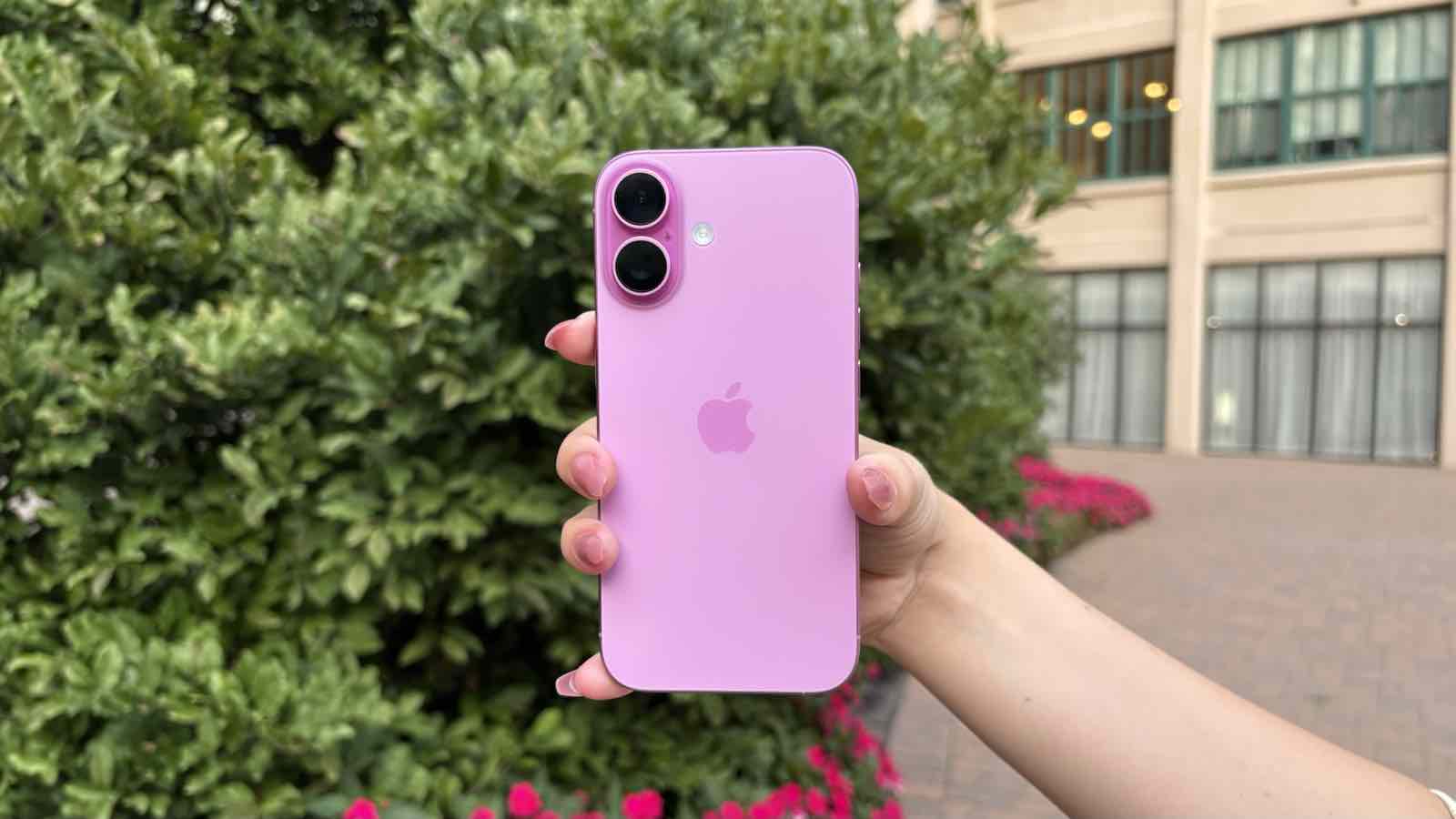
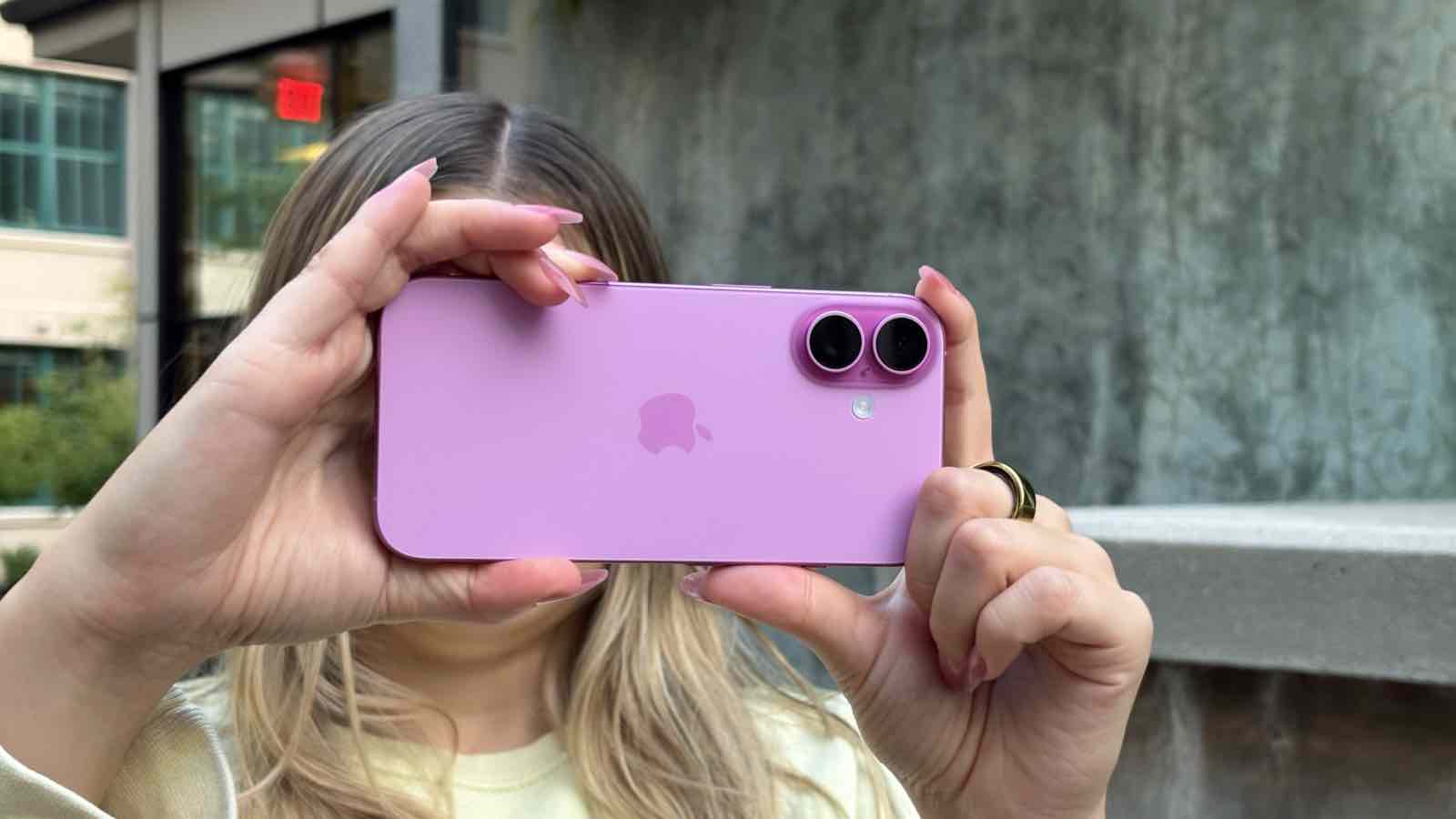

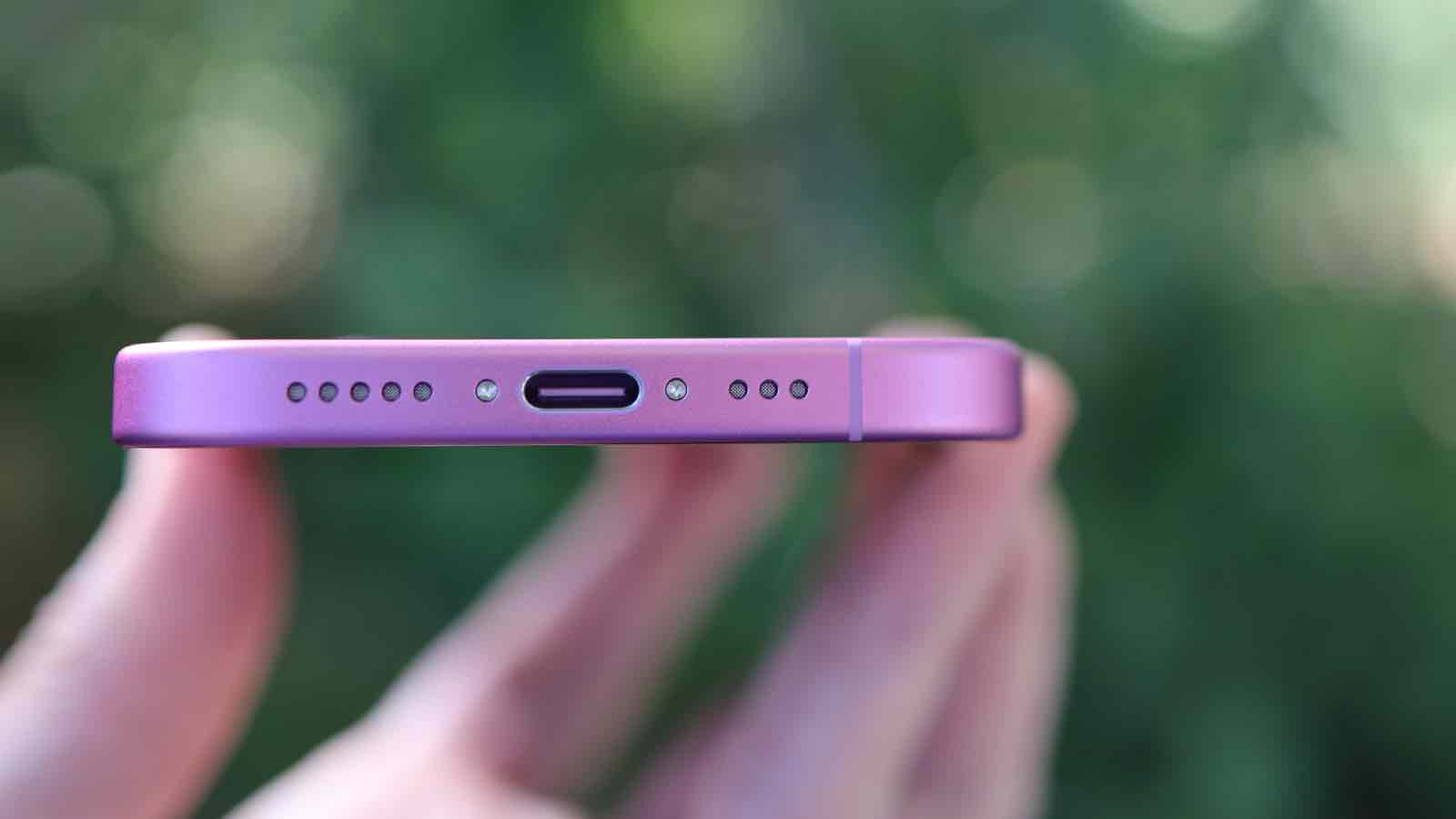
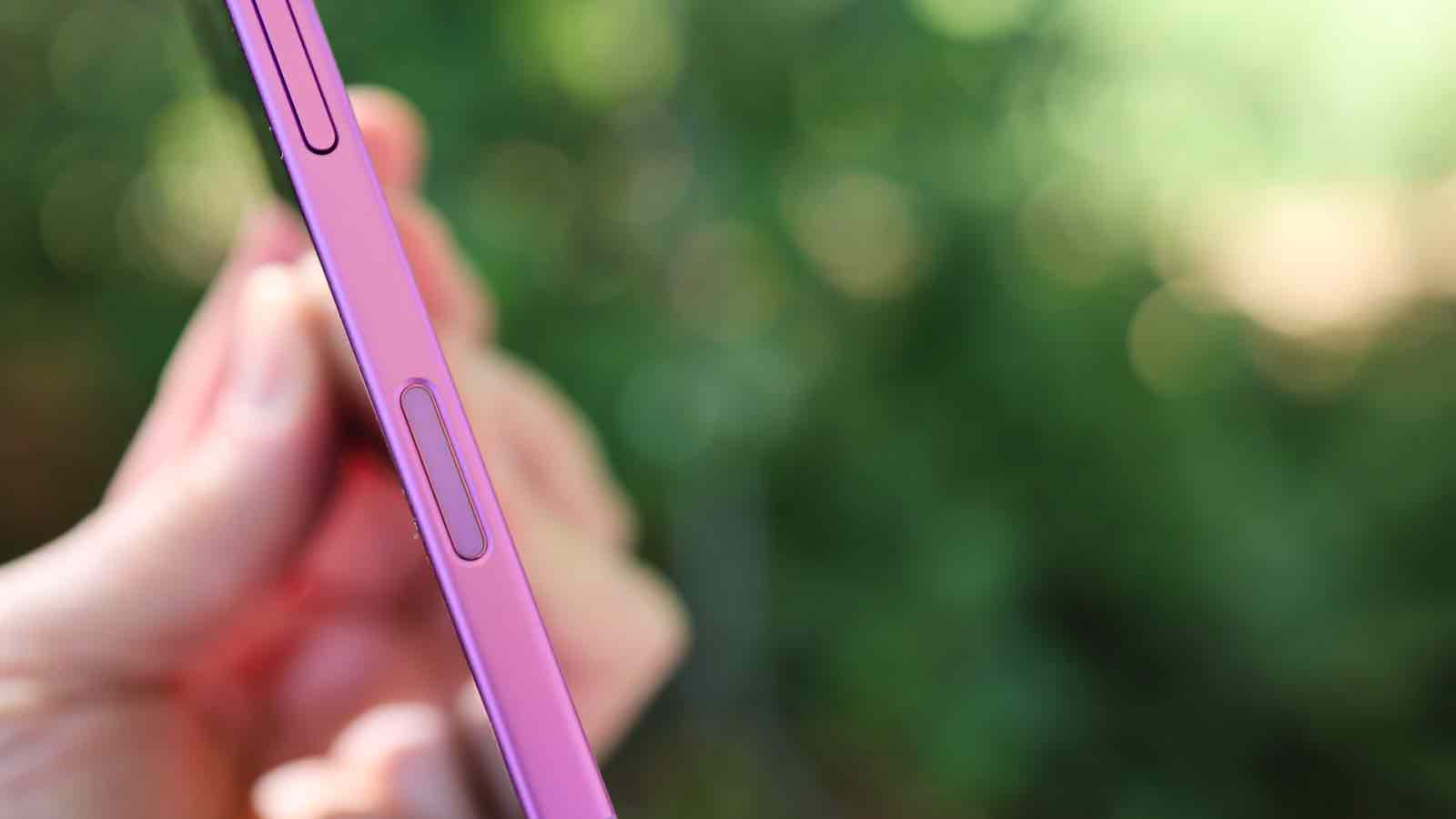
2. Apple iPhone 16
Our expert review:
Specifications
Reasons to buy
Reasons to avoid
✅ You want the cheapest good iPhone: The iPhone 16e is cheaper, but it's missing too much for me to recommend it to most folks. The iPhone 16 doesn't make the same compromises, and it's worth the extra.
✅ You want to be a blue bubble: There are a lot of Apple features that only work between iPhones, including the iMessage blue bubbles, and new SharePlay and NameDrop sharing features.
❌ You don't care about magnets or cameras: The iPhone 16e is newer than the iPhone 16, but it lacks the ultrawide camera lens and MagSafe magnets, which open a world of charging and accessories. But it's cheaper.
❌ You want to save a lot more: If you want to save more on an iPhone, you'll need to buy one used or renewed. If you want to save a whole lot of money, you might have to leave Apple's pretty walled garden, but the grass is greener.
The Apple iPhone 16 was last year's model, and you can now get it for less. It's not the cheapest iPhone: the iPhone 16e is Apple's true bargain model. But the iPhone 16 is a real, full-fledged iPhone, while the 16e makes compromises that I think subtract too much to make that phone worth its price. If you can splurge, get the iPhone 16. If you can't, get something else.
The iPhone 16 has MagSafe magnets, and those aren't just great for locking your phone to a convenient charging stand at night (and using Apple's Standby feature to make your iPhone a bedside clock). MagSafe also gives you a world of accessories, including wallets, tripods and stands, battery packs, and more. MagSafe is a big part of what makes the iPhone world so attractive.
Of course, the iPhone is also known for its great cameras, so why get the iPhone that skimps on lenses? The iPhone 16 has two cameras, a wide and ultra wide shooter, and the wide camera is a full 48MP resolution. If you like taking photos - and what iPhone fan doesn't? - you need the iPhone 16 or a better camera phone than the iPhone 16e.
If this is still too much and you don't want a used phone, I'd recommend checking out a Google Pixel. The Pixel software is easy to use and refined, like iOS, and it takes amazing photos - whichever Pixel phone you choose.
Read our full iPhone 16 review
Attributes | Notes | Rating |
Design | Not only does the iPhone 16 feel great in the hand with extra ergonomics, the camera layout looks the part, and the color palette is terrific. | 4.5 / 5 |
Display | While it’s not ProMotion or Always-on, the iPhone 16 still offers a vibrant screen that is great for myriad tasks indoors or outdoors. | 4 / 5 |
Performance | With the new A18 inside, the iPhone 16 feels like it can keep up with the Pros. | 4.5 / 5 |
Camera | The new Camera Control steals the attention and lets you get more out of an excellent main camera and a good ultrawide shot that allows for unique framing. | 4.5 / 5 |
Software | iOS 18 provides many small updates, and once Apple Intelligence is here, it will be supported. | 4 / 5 |
Battery | You can expect around a day of use from the iPhone 16, but it won’t stretch to two. | 4 / 5 |
Value | The standard 16 feels more like a Pro, and even with only 128GB of storage, it’s good value. | 4 / 5 |
The best cheap Samsung phone
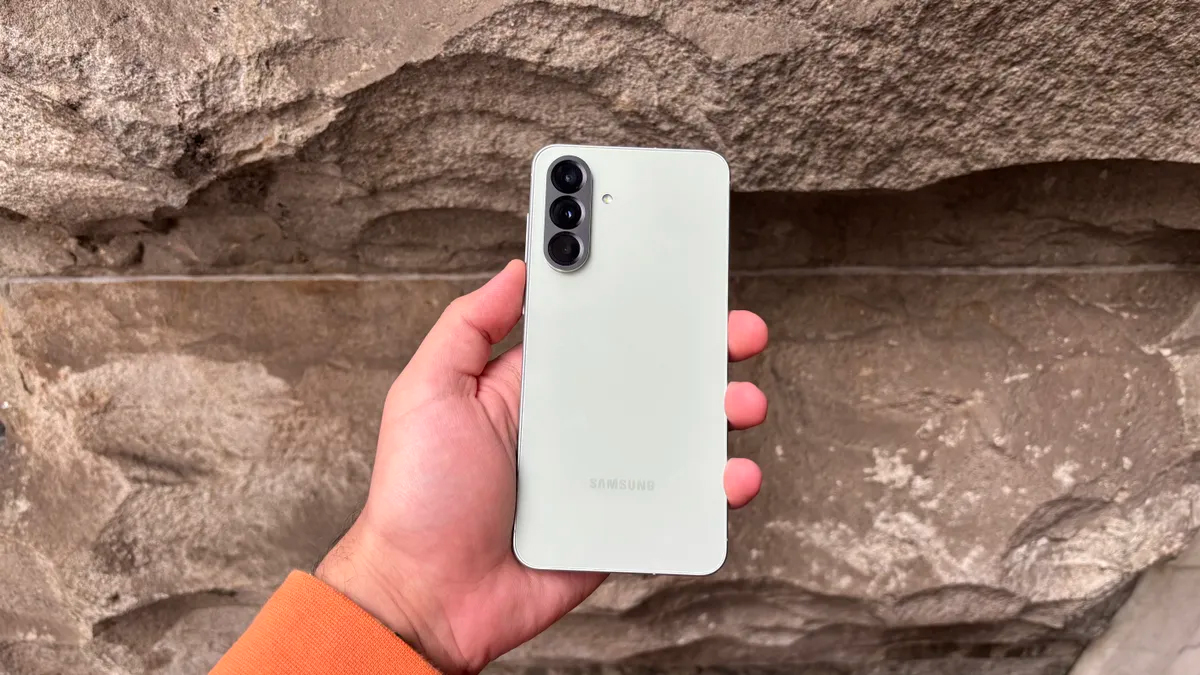
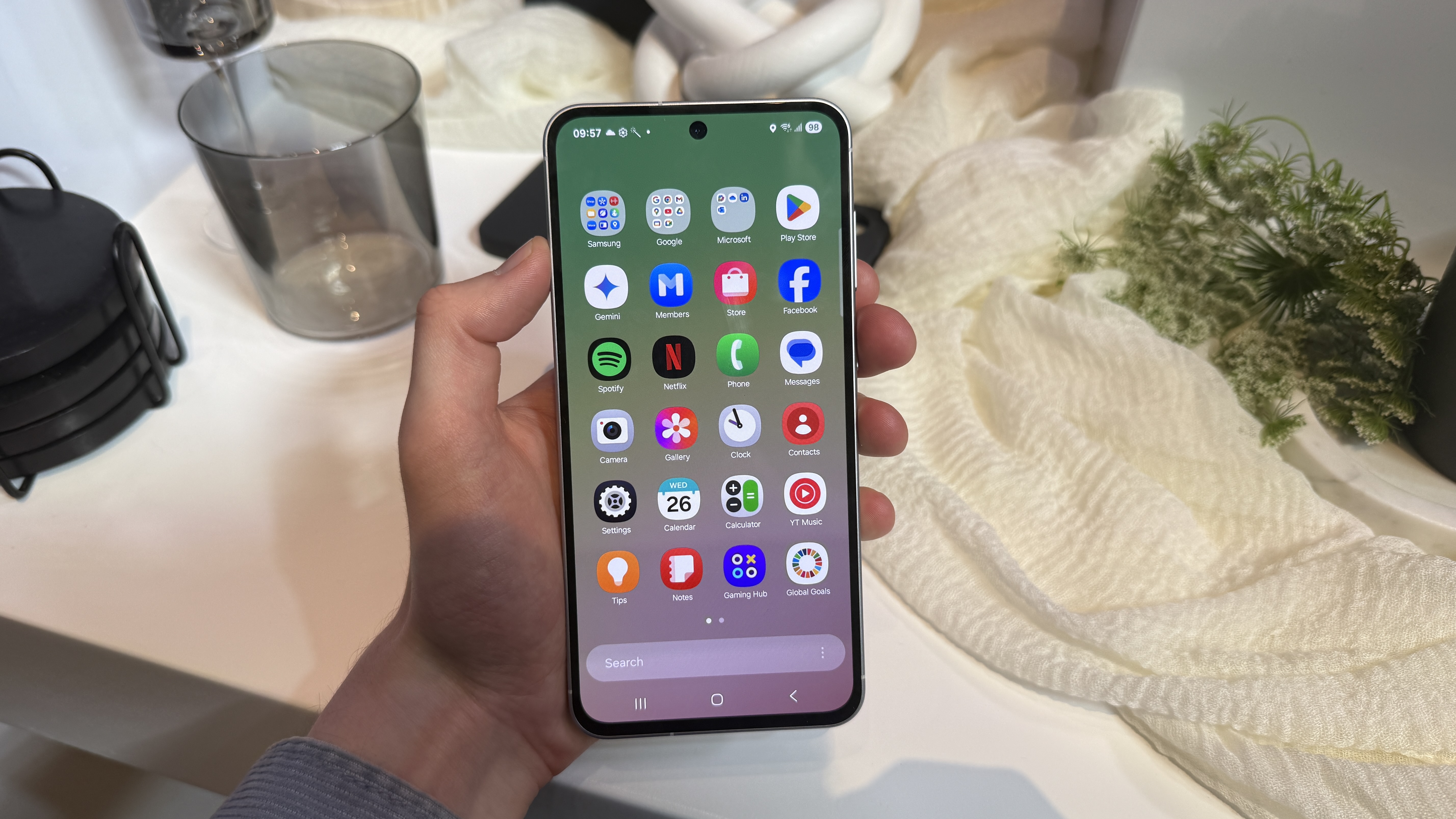
3. Samsung Galaxy A56
Our expert review:
Specifications
Reasons to buy
Reasons to avoid
✅ You want a large display without spending top dollar
The Samsung Galaxy A56's has a 6.7-inch display that is expansive and rivals the Galaxy S25, producing a vibrant, immersive experience.
✅ You want a jack-of-all-trades phone
The A56 is an all-around winner, with a great design, stellar display, solid cameras and long battery life. It's a great choice for anyone looking for a reliable, versatile phone.
❌ You're a serious mobile gamer
While the Galaxy A56 can handle most gaming, it’s not made for heavy sessions or the most intense games. If you need high frame rates, look elsewhere.
❌ You want the best AI tools
The Galaxy A56 has Samsung's basic AI features, but if you’re looking for a cutting-edge AI phone, you’ll need to shell out more for the Galaxy S25 or the Pixel 10 phones.
The Samsung Galaxy A56 is the rare budget phone that feels like a full-blown flagship. It exudes class with a premium metal and glass design. It's also impressively durable, with an IP67 rating for water resistance and Gorilla Glass Victus protecting the screen.
That premium feeling continues when you turn it on. The 6.7-inch Super AMOLED display is simply fantastic for this price, delivering vibrant colors, deep blacks, and a buttery-smooth 120Hz refresh rate. This is a phone built for the real world, and its battery delivers. The huge 5,000mAh battery easily lasted a full day of heavy use in our testing.
The software is one of the most impressive aspects, offering an exceptionally clean, user-friendly experience without the bloatware that plagues other budget phones. It’s packed with useful customizations and even inherits flagship features like the "Now Bar." This complements the impressive camera system, which produces sharp, natural, and well-balanced photos from its 50MP main lens. It's a feature-rich and reliable shooter that performs admirably, even in low light.
While the A56 isn't built for high-end mobile gamers, it’s the ultimate jack-of-all-trades. But the single best reason this is a top pick is the incredible long-term value. Samsung promises six years of software and security updates, a commitment almost unheard of at this price. It’s a well-balanced, premium-feeling phone that will last you for years to come.
Read our full Samsung Galaxy A56 review
Attributes | Notes | Rating |
|---|---|---|
Value | The Samsung Galaxy A series is consistently one of the best cheap phones on the market and the A56 is no different. Offering excellence across the board on a budget, it's easy to recommend – though the upcoming Pixel 9a is the same price in the US and UK. | 4.5 / 5 |
Display | The Samsung Galaxy A56’s display is bright, vibrant and smooth – rivalling even flagship screens. While it isn't the brightest display at a 1,900-nit peak, it’s a very high-quality panel for a budget device. | 4.5 / 5 |
Design | The Samsung Galaxy A56 is frankly a beautiful, well-built device. It's also durable against accidental drops, water and dust, which is impressive at this price. | 5 / 5 |
Software | Running Samsung’s One UI, the A56 offers a clean, user-friendly experience packed with useful features. There's no bloatware that plagues many other budget phones, and there's even a helpful suite of AI tools. | 4.5 / 5 |
Camera | The A56 delivers excellent photos with natural colors and sharp details, excelling in both daylight and low-light conditions. Its feature-rich camera app offers plenty of options, making it a strong choice for casual photographers. | 4 / 5 |
Performance | The A56 is a solid all-rounder, handling everyday tasks with ease. However, it falls short of similarly priced competition, and is simply not an option for mobile gamers – struggling on even the lowest settings. | 3.5 / 5 |
Battery | With a 5,000mAh battery, the A56 easily lasts a full day, even with heavy use. While its 45W charging isn’t the fastest, it’s a big step up from its predecessor, making for a reliable all-day companion. | 4 / 5 |
The best cheap Pixel
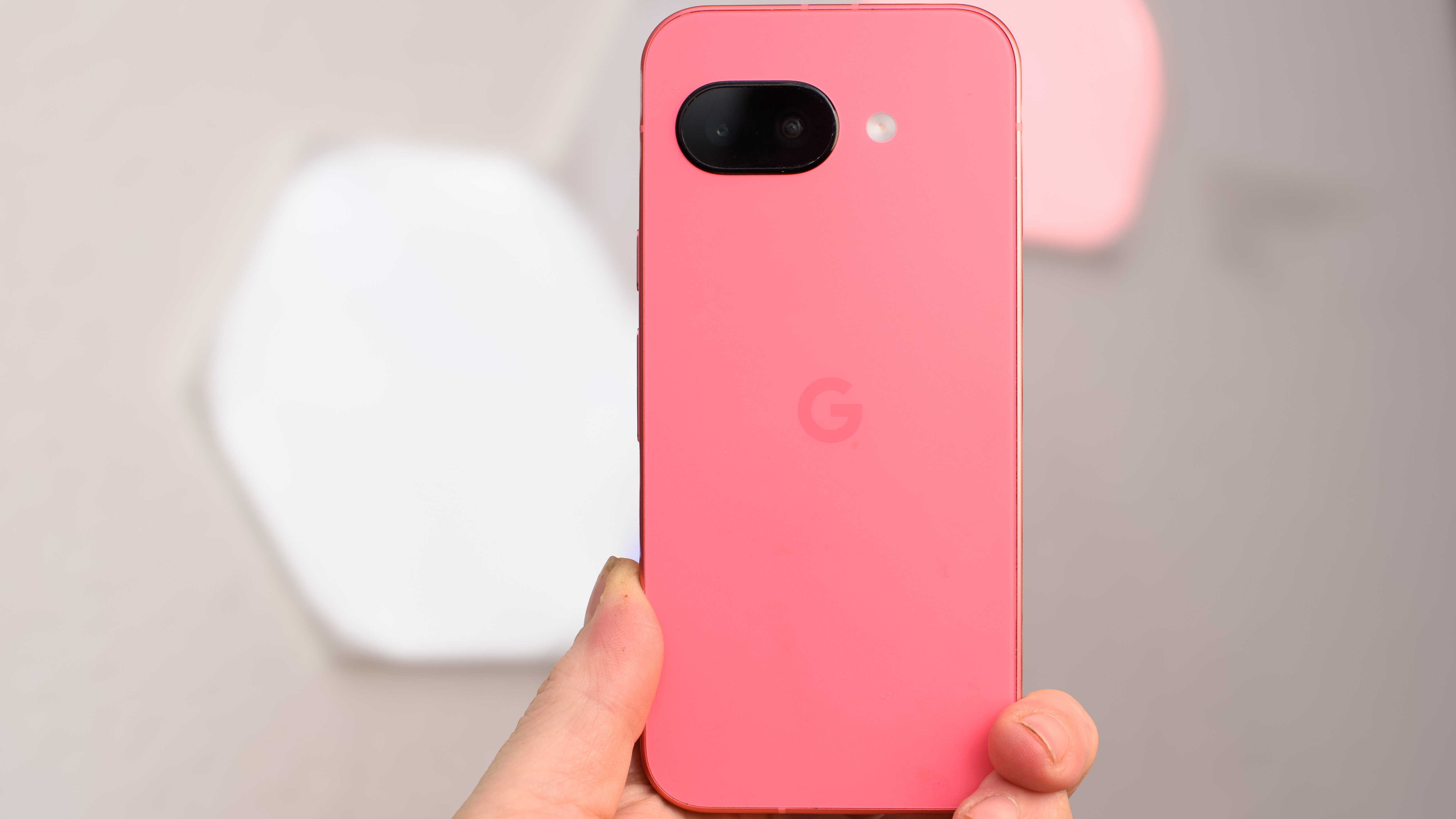
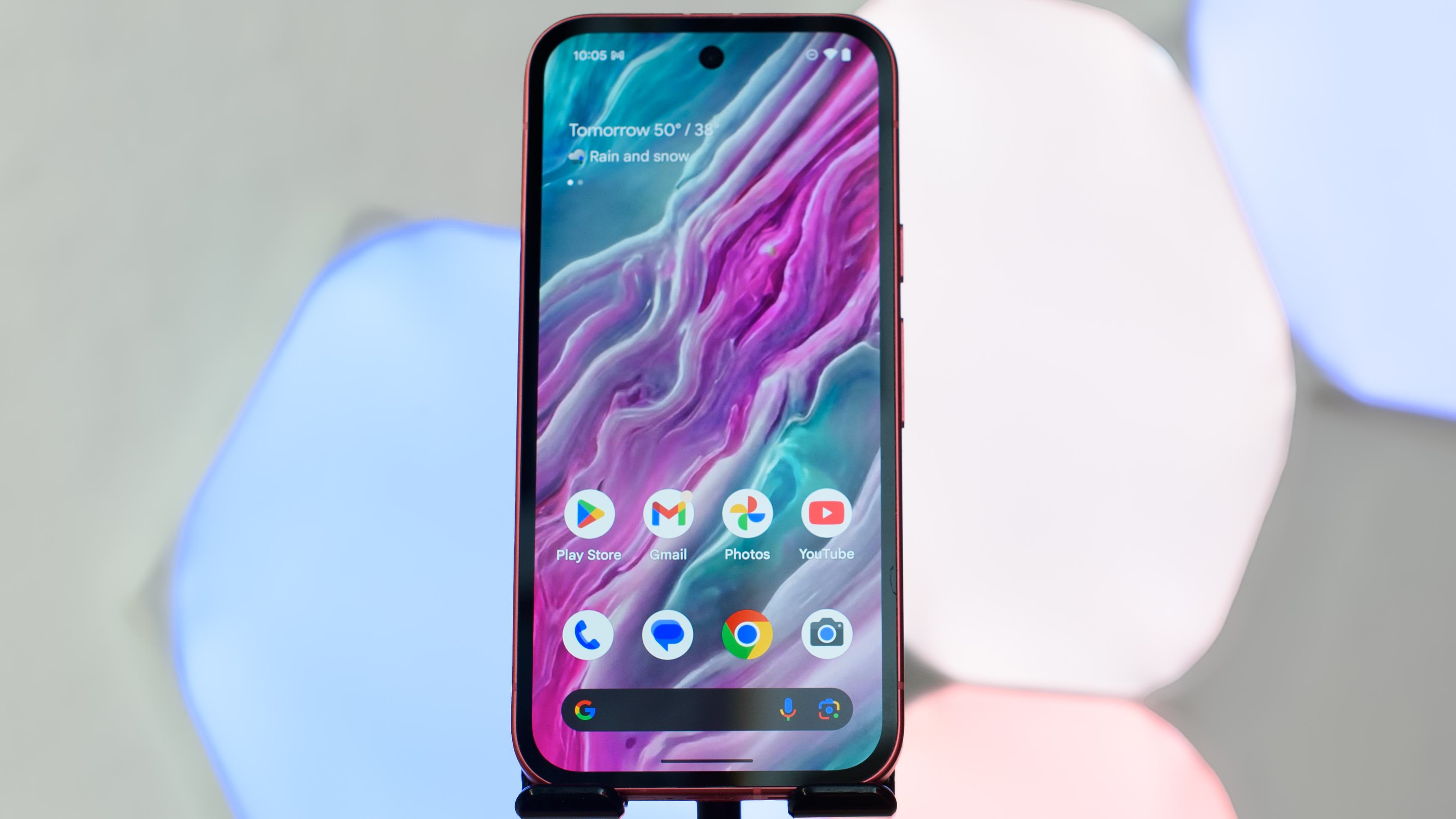
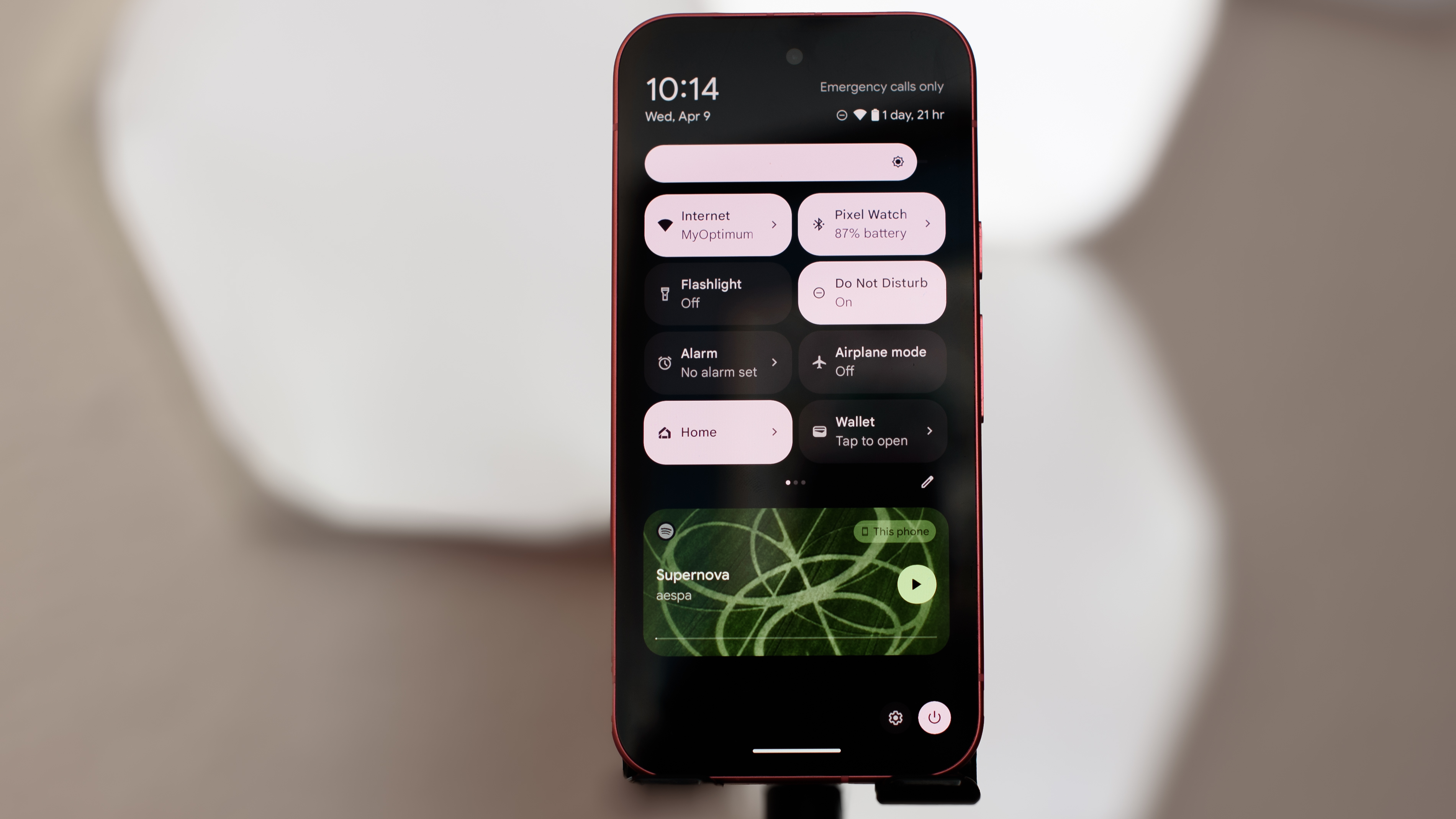
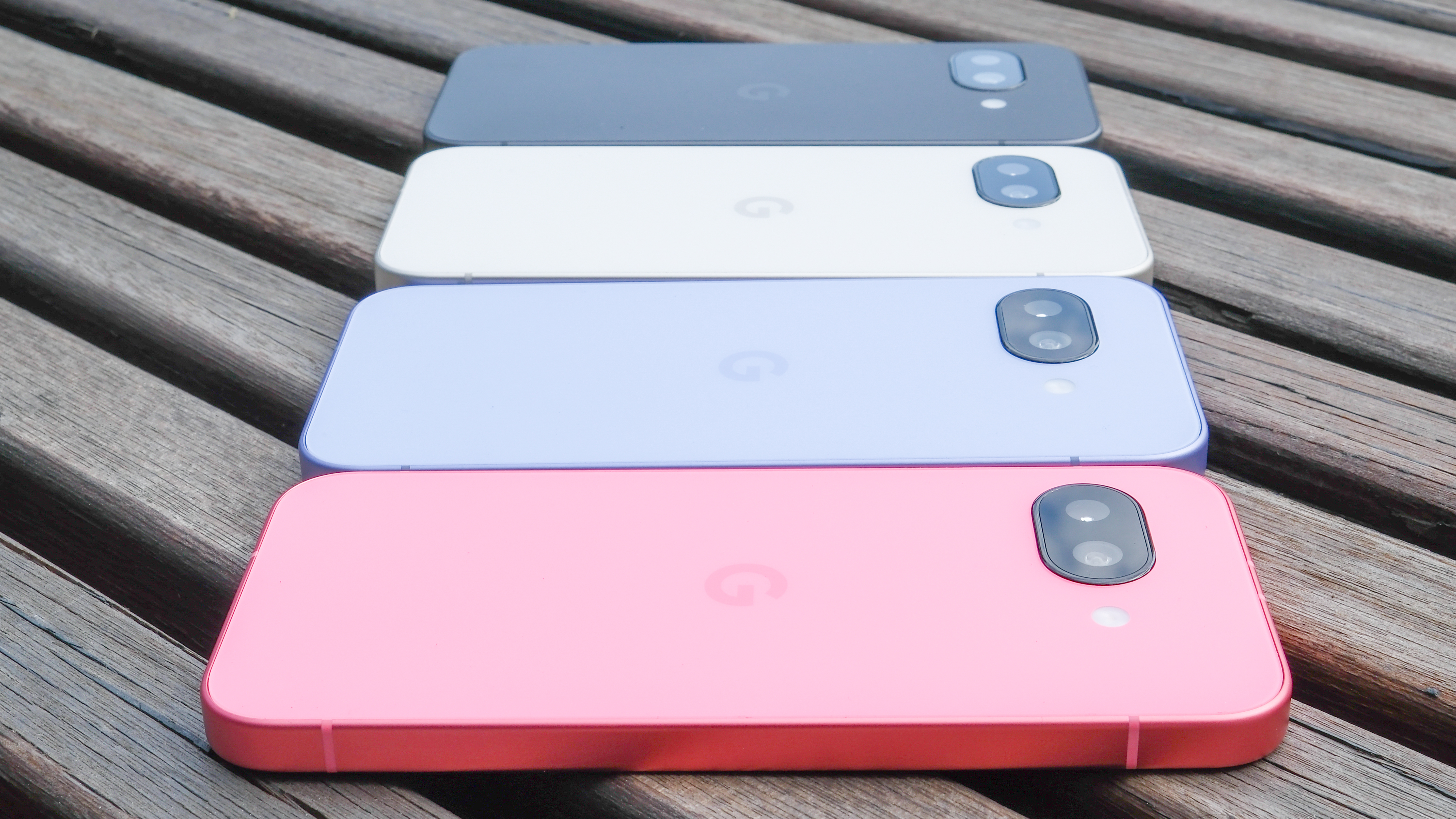
4. Google Pixel 9a
Our expert review:
Specifications
Reasons to buy
Reasons to avoid
✅ You want a solid phone to keep for a very long time
The Pixel 9a is durable, with seven years of Android and security updates on the way. If you want a bargain phone that will last, this one's a keeper.
✅ You want a great bargain camera for close-ups
There's no optical zoom, but Google’s bargain Pixel has cameras that take some of the best macro shots capabilities I’ve seen from a smartphone.
❌ You want a pretty phone to show your friends
The Pixel 9a is admittedly different from the Pixel 9 and Pixel 10 phones, and it's a bit uglier, to my eye. Get a case for it.
❌ You don’t want AI image tools that produce stereotypes
Pixel Studio creates images that might reinforce bigotry. That's not acceptable on a smartphone, but you can ignore it.
The Google Pixel 9a is the definition of a "don't judge a book by its cover" smartphone. Let's get this out of the way: its new design is a letdown compared to the striking flagship Pixel 9. But once you look past its plain-Jane exterior, you find a device that absolutely punches above its weight. For its price, the Pixel 9a delivers a premium experience in the areas that truly matter: the camera, the software, and the screen.
The camera is the star of the show. This phone continues the A-series tradition of producing photos that look almost identical to shots from the top-tier Pixel 9 Pro, thanks to Google's powerful AI photography magic. The real headline, however, is the new macro mode. I was blown away by its capabilities. It's so sharp and effective that it rivaled my DSLR camera in a side-by-side test, making it a whole new reason to consider this phone.
The Pixel 9a runs Google's most refined version of Android, packed with genuinely useful AI tools. Best of all, this phone comes with Google’s promise of seven years of major Android and security updates, offering longevity that is simply unmatched at this price point.
The rest of the hardware pulls its weight, too. The Pixel 9a features an excellent display that is remarkably bright and colorful, making it a standout feature for a bargain phone. It even includes wireless charging, a convenience you almost never find in this category. If you want a standout camera and software smarts, the Pixel 9a is an incredible and long-lasting value.
Attributes | Notes | Rating |
|---|---|---|
Value | A great phone at this price, with incredible longevity thanks to seven years of updates. The cameras are among the best in this price range, even if the look isn’t so premium. | 5 / 5 |
Design | It’s durable, and the colors are real nice. Otherwise, it’s ugly as sin. Seriously, Google had a winning A-series formula that it ruined when it created this phone. But the design doesn’t get in the way, at least. | 4 / 5 |
Display | Excellent display that's bright and colorful, better than most phones at this price. Some trouble with Adaptive mode was easily fixed. If only the phone’s performance could keep up with the fast screen. | 4 / 5 |
Software | A polished version of Android that's easier to use, with plenty of features. Some useful AI tools, but also some AI imagery slop that resorts to bigotry and should be removed from this phone. | 3 / 5 |
Camera | Solid cameras take photos that look like they could have come from the Pro model, if you don’t look too close. Astonishing macro capabilities rival my DSLR camera and make this phone a winner. Too bad about the low resolution and lack of detail, and some zoom would have been nice. | 3 / 5 |
Performance | Performance is adequate for Pixel fans, though it won’t win any races. No problems with my favorite apps and games, but things slowed down when I engaged the AI as it sent requests to and from the cloud. | 3 / 5 |
Battery | A larger battery somehow doesn’t equal more battery life, but the Pixel 9a still lasts a full day with no trouble, and has wireless charging, a rarity at this price. | 3 / 5 |
The best cheap phone for battery life
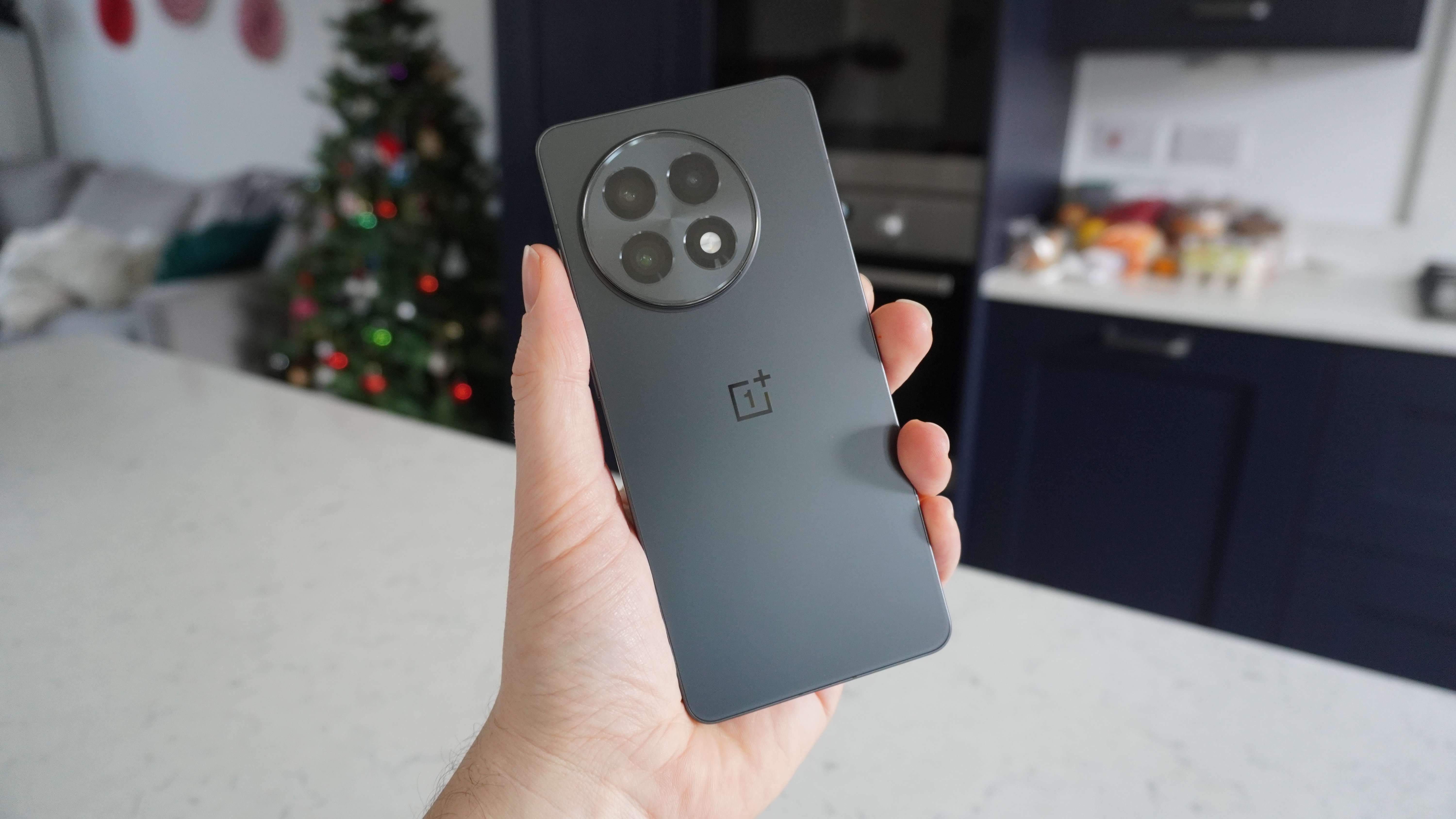
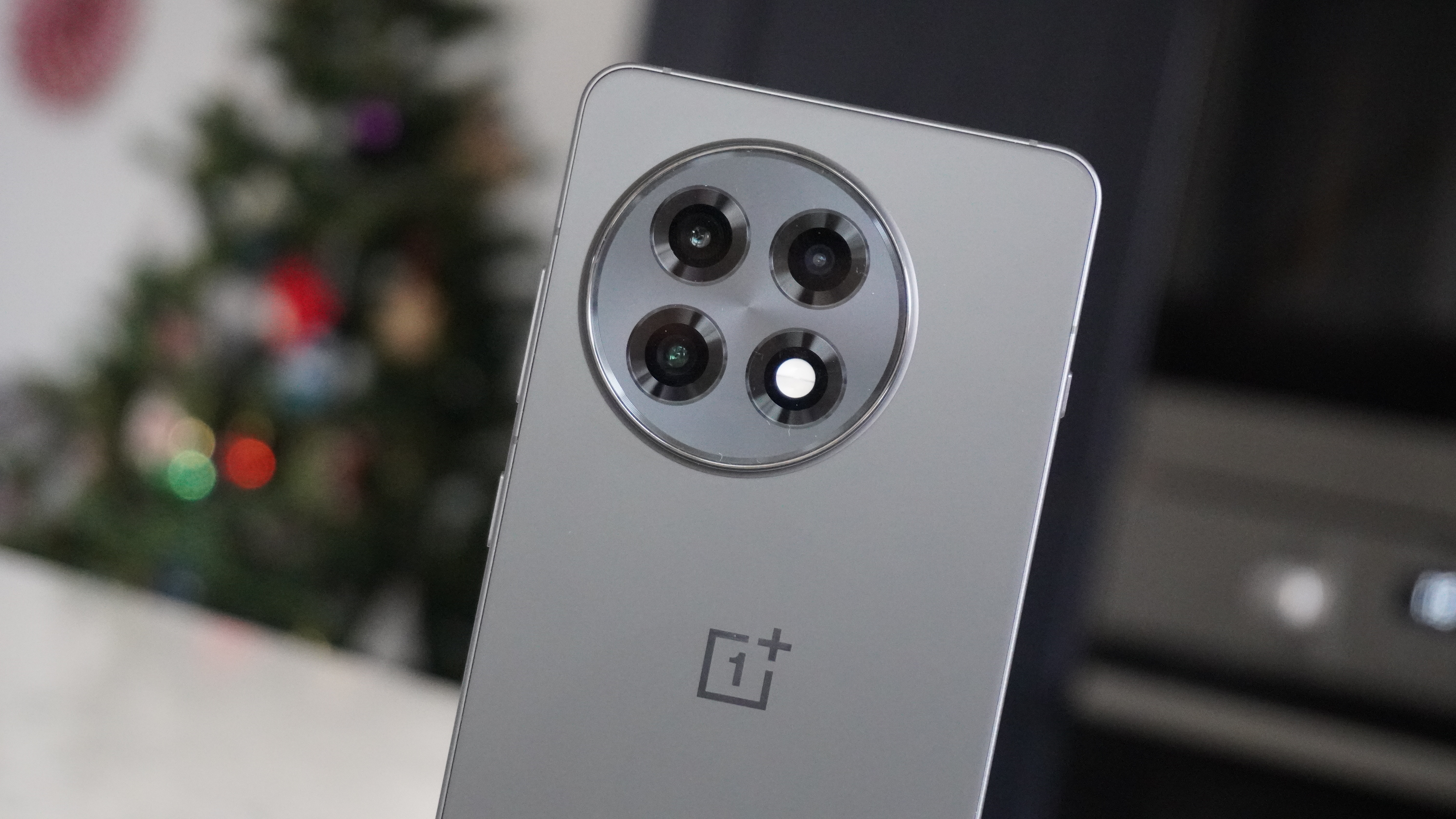
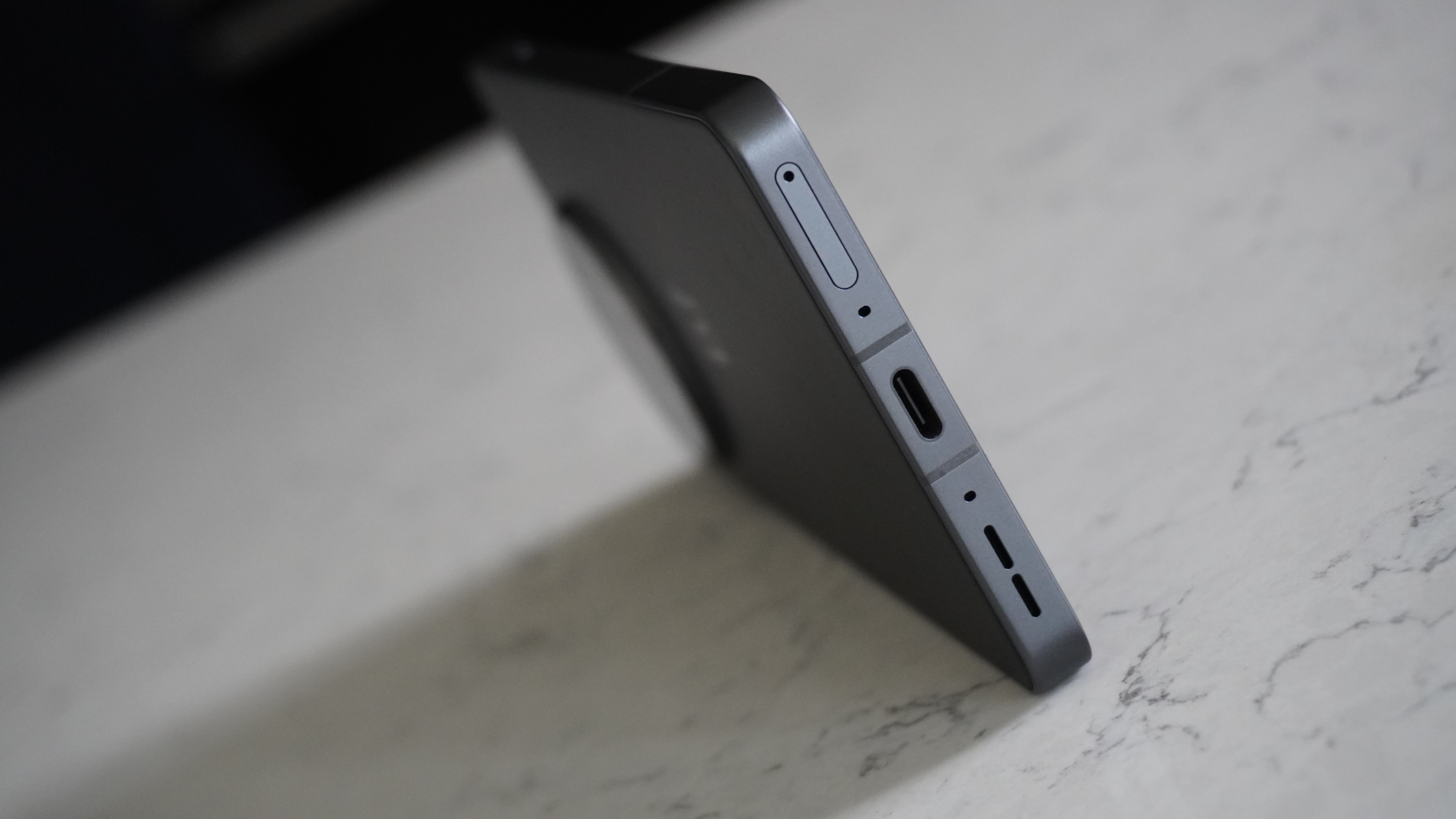
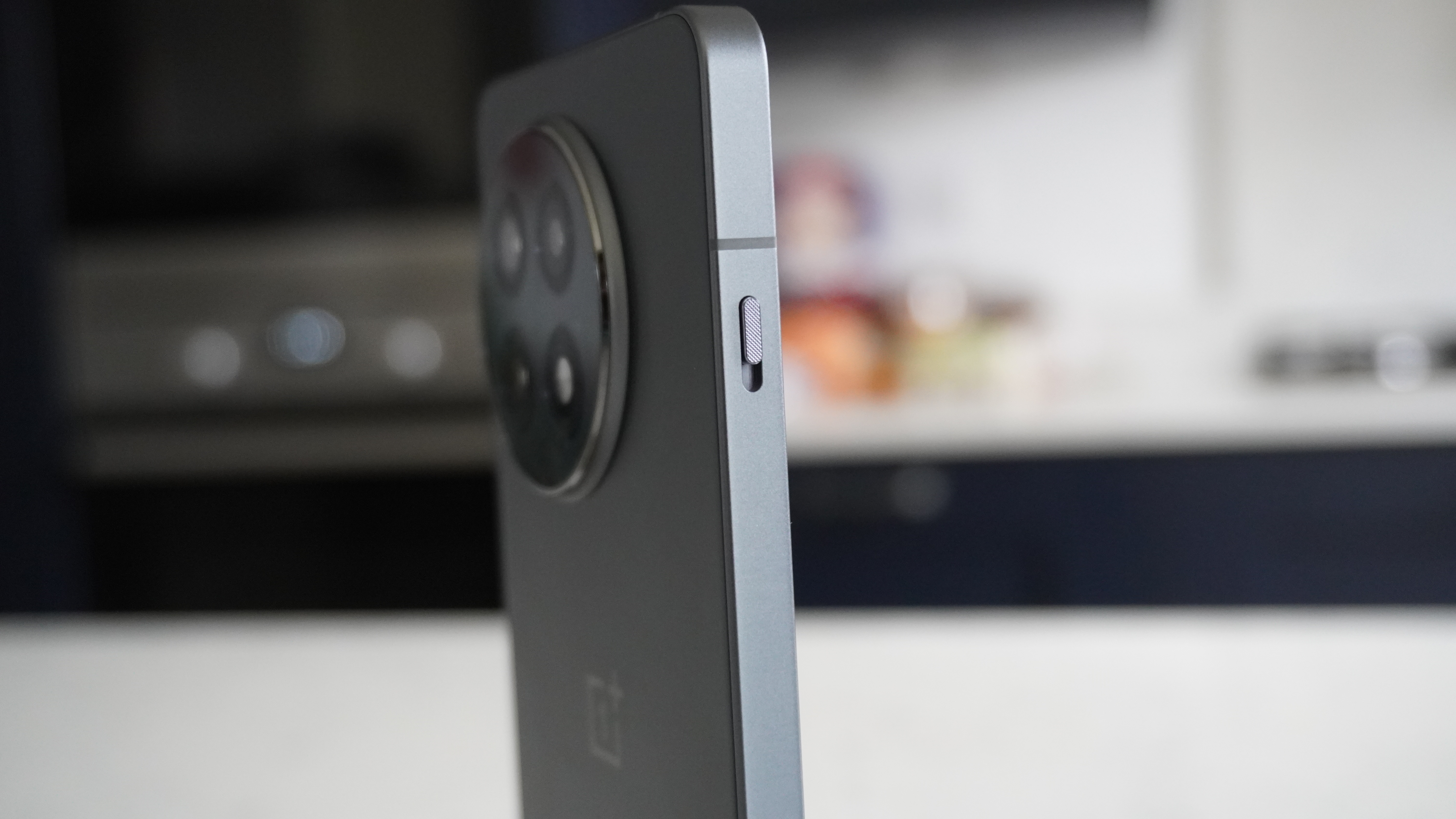
5. OnePlus 13R
Our expert review:
Specifications
Reasons to buy
Reasons to avoid
- Current best price: $599 at OnePlus
- Best price ever: $599 at OnePlus
✅ You want amazing battery life: The OnePlus 13R sports a massive 6,000mAh battery, which is impressive even by flagship standards. If you're an all-day user, this is a phone that'll just keep going.
✅ You want high-quality specs for less: With a Snapdragon 8 Gen 3 chipset, at least 12GB of RAM, and a triple-camera system with 2x optical zoom, the OnePlus 13R is one of the most ambitious phones in its price bracket.
❌ You want great water resistance: The OnePlus 13R carries an IP65 rating, which means it can resist droplets and jets of water, but can't survive being submerged.
❌ You're on a tight budget: The OnePlus 13R is without a doubt great value, but its retail price is one of the highest on this list. OnePlus deals are common enough, however.
The OnePlus 13R brings OnePlus' famously ambitious hardware and stylish design sense to a more affordable price bracket. It's not the cheapest phone on this list, but you might struggle to find one that offers better battery life and performance for the money.
The headline feature for this budget-ized version of the flagship OnePlus 13 is its battery, a 6,000mAh cell that'll power through a full day's use with charge to spare. In our Future Labs tests, we found it was one of the longest-lasting phones you can buy, with well over a day of battery life in normal usage.
As for the other internal specs, you get the Snapdragon 8 Gen 3 chipset – last years best Android chipset – and either 12GB or 16GB of RAM depending on which configuration you go for (and the region where you live). And the outside of the phone's pretty nice too, with a beautiful 6.78-inch display and modern boxy design.
At a starting price of $599, the OnePlus 13R is definitely towards the upper end of what we'd call a cheap phone – but thanks to a very generous trade in deal, you can get $100 off in exchange for any literally phone in any condition (seriously anything, even an old rotary phone!)
The OnePlus 13R also features a triple-camera system, with main, ultra-wide, and 2x telephoto cameras, offering plenty of versatility when it comes to taking photos and videos.
You can save big with our OnePlus coupons. Find the best deals on OnePlus smartphones, accessories, and more for top-quality tech at great prices.
Read our full OnePlus 13R review
Attributes | Notes | Rating |
|---|---|---|
Value | At $599 / £679 the 13R is well positioned in the market, undercutting core flagships while delivering big on screen, battery, and performance. | 4.5 / 5 |
Design | Premium front to back, the 13R looks and feels the part in the hand, even if it is a little big for small palms. Just don’t drop it in water. | 4 / 5 |
Display | Big, bright, and colorful, the OnePlus 13R display provides an excellent viewing experience, even in direct sunlight. | 4.5 / 5 |
Software | OxygenOS 15 provides plenty of customization options for those who like to tinker with their phone, and OnePlus has committed to four years of updates. | 4 / 5 |
Cameras | A point-and-shoot photography experience you can rely on in most scenarios to produce great shots for sharing on social and in group chats. | 4 / 5 |
Performance | Plenty of performance available courtesy of a powerful chipset at its heart, plus gamers will love the Hyperboost performance settings. | 4 / 5 |
Battery | Superb battery life with two days possible on a single charge, and potentially even longer. Shame there’s no wireless charging though. | 4.5 / 5 |
The best cheap phone for style
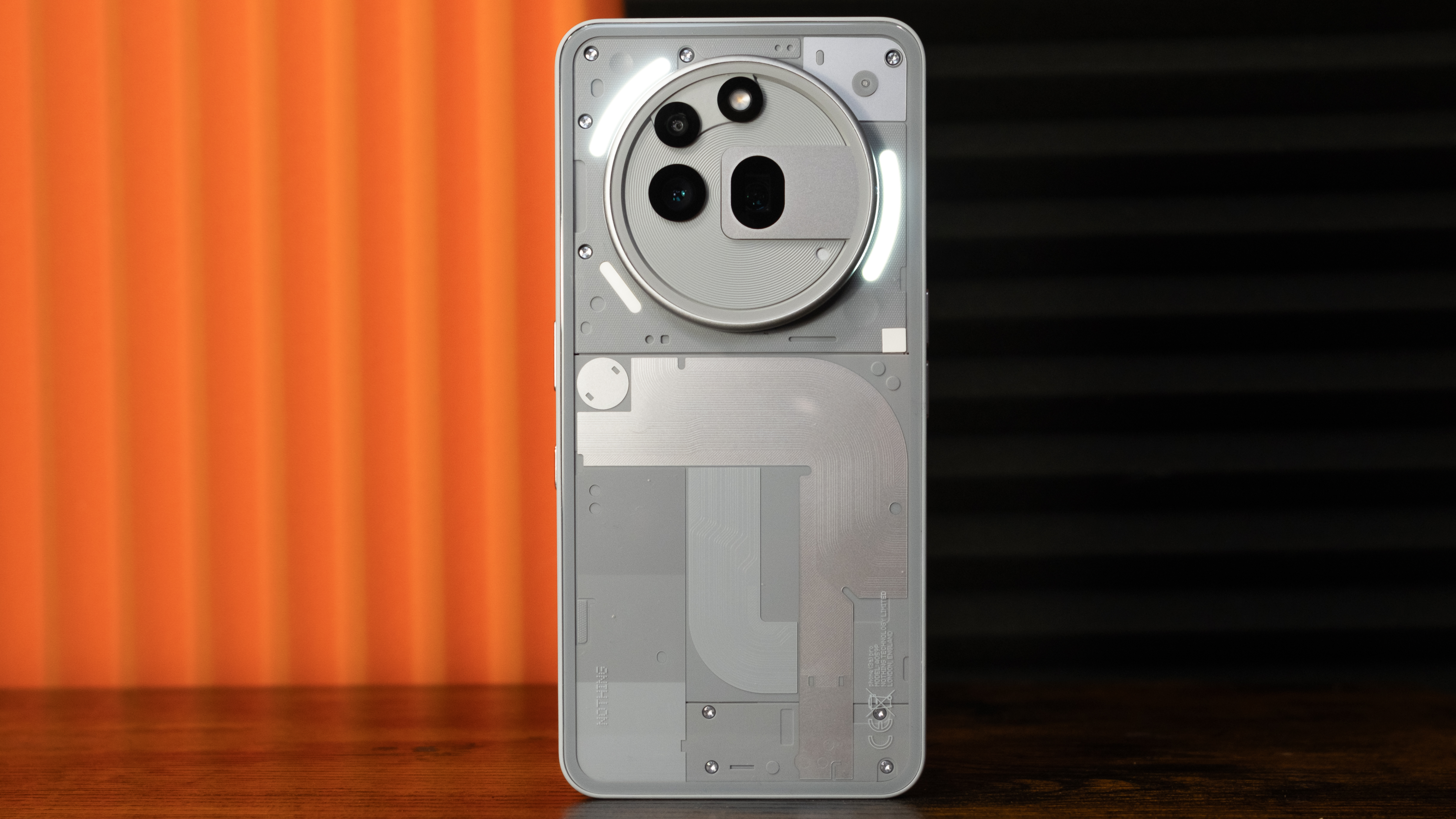
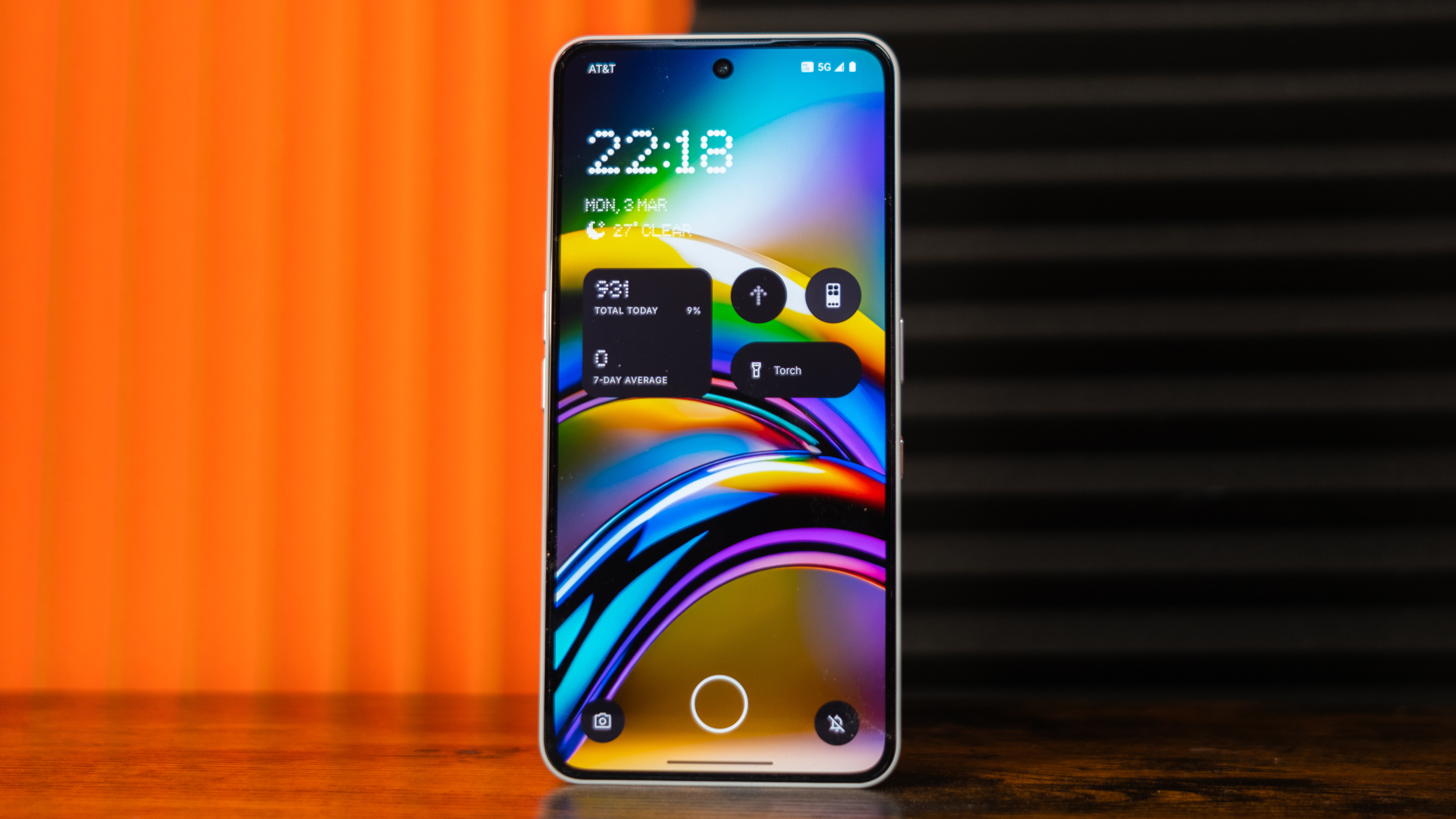
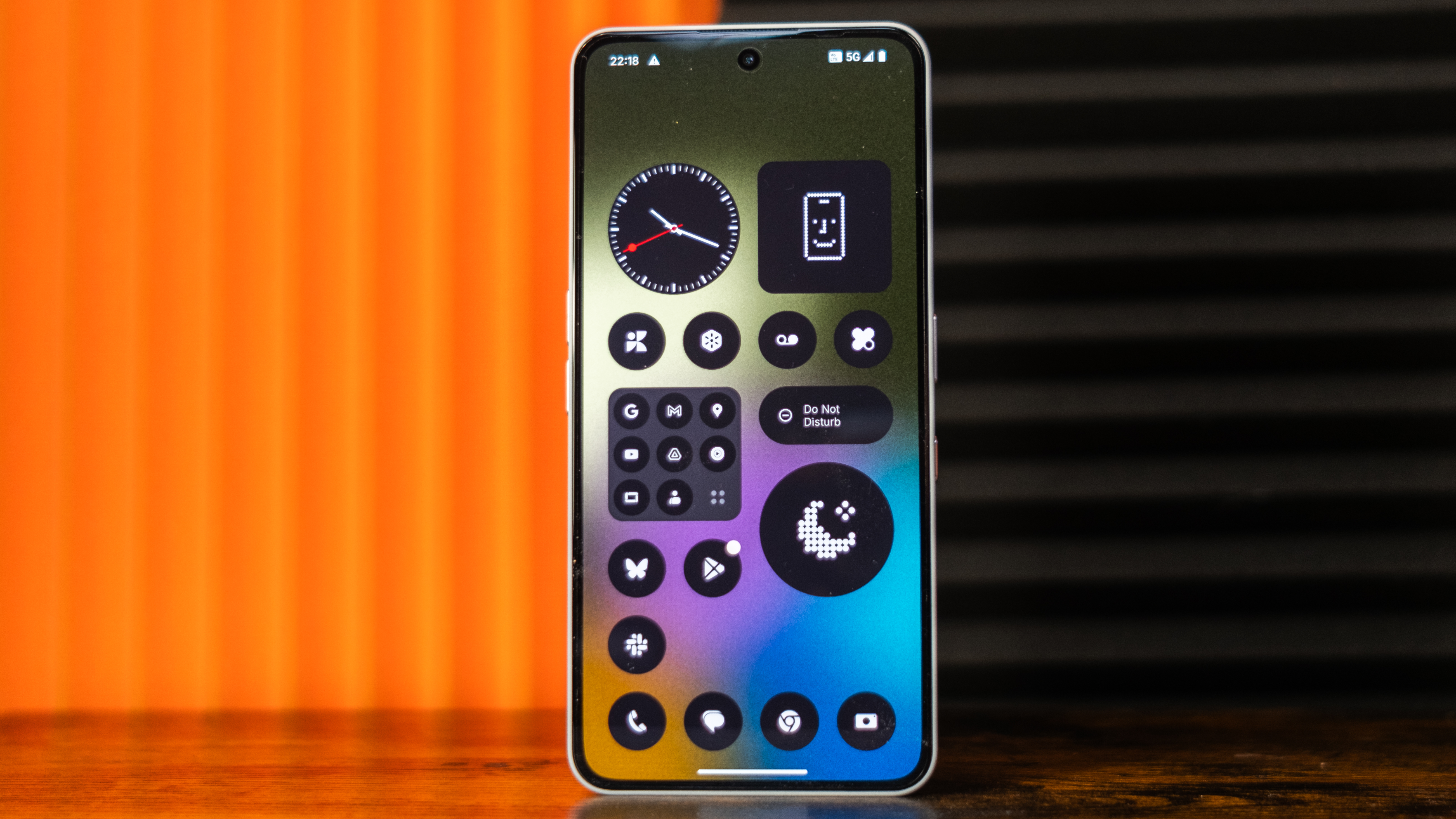
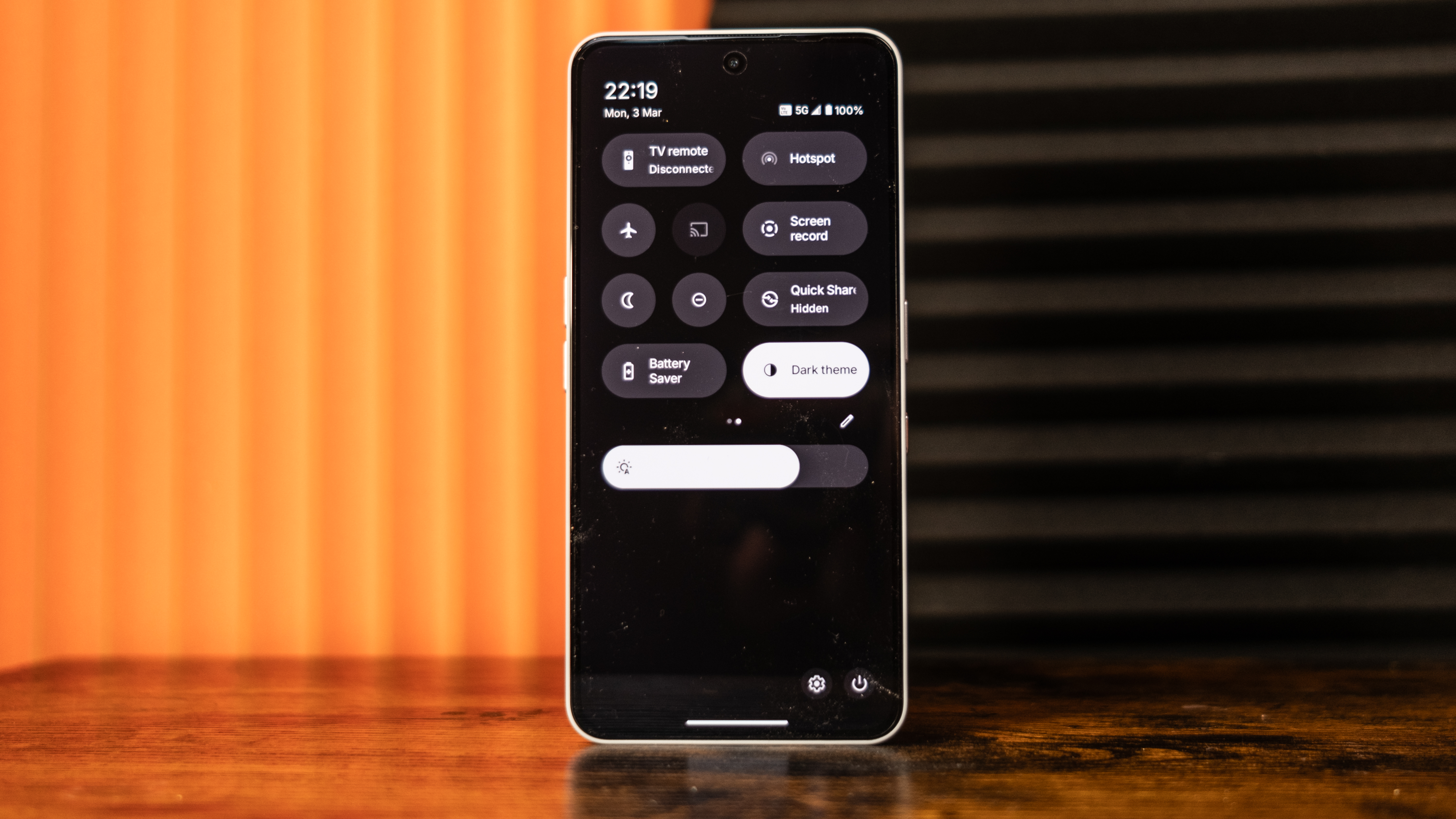
6. Nothing Phone 3a Pro
Our expert review:
Specifications
Reasons to buy
Reasons to avoid
- Current best price: $459 at Nothing
- Best price ever: $459 at Nothing
✅ You want a cool and unique-looking phone: The Nothing Phone 3a Pro is totally one-of-a-kind in the design department, with a semi-transparent rear panel adorned with light-up glyphs that can serve several functions
✅ You want a better notification system: If you tend to ignore buzzing and vibration, the Nothing Phone 3a Pro will light up to tell you there's a call or message you need to see.
❌ You want fast performance: You can find bargain phones with much faster processors inside. The Nothing Phone 3a Pro is about style, not speed.
❌ You're photo-focused: The cameras on the Nothing Phone 3a Pro are fine, but they lack detail and features compared to others in this price bracket.
The Nothing Phone 3a Pro is a standout option for bargain hunters, offering a distinctly unique smartphone experience for $459 / £449 / AU$849. It directly challenges uninspired designs found in the budget Android market with its signature transparent back and functional Glyph LED lights.
Where the Phone 3a Pro truly punches above its weight class for budget-conscious buyers is in its feature set relative to its price. You get a large 6.77-inch, 120Hz AMOLED display, a generous 12GB of RAM and 256GB of storage configuration (more than many rivals offer at this tier), and notably, a versatile camera system including a 3x optical zoom lens – a feature almost unheard of in this price bracket, offering more photographic flexibility than the typical wide/ultra-wide/macro setups on other budget phones.
The minimalist NothingOS software complements the unique design, offering a clean, distinct look. For bargain hunters tired of generic designs, the Phone 3a Pro delivers a unique "whole experience" that feels special and looks more expensive than it is.
However, the phone uses a mid-range Snapdragon 7s Gen 3 chipset, which, while capable for daily tasks and casual gaming, can lead to noticeable lag and stuttering under heavier load. Furthermore, US buyers need to be mindful of the limited 5G band support, and the phone lacks full IP68 water resistance, offering only splash protection.
Despite these limitations, the Nothing Phone 3a Pro offers exceptional value. Its combination of a truly unique design, a surprisingly capable and versatile camera setup for the price (especially the zoom), excellent battery life coupled with fast 50W charging, and generous memory/storage configurations make it a compelling package.
Read our full Nothing Phone 3a Pro Review
Attributes | Notes | Rating |
|---|---|---|
Value | Nothing Phone 3a Pro offers unique style, versatile cameras, and great battery life compared to other phones in this price range. If you’re aware of its shortcomings, its a great buy. | 5 / 5 |
Design | The transparent back is cool and the glyphs are functional and unique, but the phone is still thick and the essential key isn’t very essential. | 3 / 5 |
Display | A very nice display with a smooth refresh rate and a bright peak, all in service of an interface that tries to be monochrome and low-resolution. Oh well, it’s still pretty, and very big. | 4 / 5 |
Software | NothingOS is like a stylish, minimalist theme with a pack of useful widgets and not many other useful features. The Essential Key and Space weren’t very useful, and AI tools are very limited. | 3 / 5 |
Camera | Much better camera capabilities than you’d expect from a phone this cheap, with high-resolution cameras and real optical zoom. There’s a lot of AI help that makes images look a bit fake, but only if you look really closely. | 3 / 5 |
Performance | Performance was very laggy, with stuttering and stalling in the interface and as I used apps. It wasn’t always a problem, but when the phone got bogged down, it was very frustrating. | 2 / 5 |
Battery | Excellent battery life lasted more than a day in my tests, and just as long as many flagship phones in Future Labs. Charging is also fast, if you buy a fast charger (there’s only a USB-C cord in the box). | 5 / 5 |
FAQs
When does the iPhone (or Galaxy) get cheaper?
Different phone makers drop prices at different times. Apple almost never drops the price of the iPhone before the next edition is launched. It doesn't get the discount sales that the iPad and Macbook might get before the next big thing arrives. Instead, you have to wait for the new iPhone, and then the older iPhone comes down in price. It's still worth buying then, because iPhone devices last a long time.
Samsung's Galaxy phones usually see periodic sales throughout the year. The best discounts happen at launch or soon after, but you may see a discount a month or so before the next Galaxy launches. Samsung keeps its phones around when the next big thing arrives, but they don't always drop in price then, so take advantage of a discount when you see one.
Google's Pixel phones fluctuate in price throughout the year, but they usually hit a low price around the November holiday shopping season, and that's the lowest price we'll see for a while. Once that bottom is established, that's the price you should pay (unless you find it cheaper).
What is the best cheap phone, whether iPhone or Android?
The best cheap iPhone is the iPhone 16, because the newest bargain phone from Apple, the iPhone 16e, gives up too many important iPhone features for us to recommend as the best model to buy.
The best cheap Android is the Pixel 9a, because it gives you all of Google's Pixel AI features, plus great photos, on a phone for less than $500. The OnePlus 13R is also a great option with incredible battery life, and it's especially cheap if you also have a phone to trade.
How to choose the best cheap phone
If you are looking for a cheap phone, you'll need to first decide on your price range. Our bargain phones cost less than $500, but there are plenty of options that are even cheaper. Then you need to decide what is most important, and what you can sacrifice. You can find a cheap phone with top-notch software features, extra-long battery life, or impressive durability, but usually not all three.
If battery life is the most important thing, choose OnePlus and give up on Samsung's features and durability. If durability is key, choose a Samsung phone, but know that OnePlus charges faster and is more powerful. If the latest features are important, look at the Google Pixel, but it won't have the battery life of a OnePlus phone or the impressive display of the Samsung devices.
Do I need a name brand phone from Apple, Samsung or Google?
You can find a good device cheap from an unfamiliar phone maker, but the question is what happens when something goes wrong? No matter which iPhone, Galaxy or Pixel you buy, you know who to call if you have questions or if it breaks. Apple, Samsung and Google, respectively, all have a reliable track record, and they operate locally so you won't have to ship a broken phone internationally for repairs.
Before you buy an off-brand phone, see if they have a customer service number you can call, and check what the warranty covers and how they handle repairs. That's the worst case scenario, so it's best to be aware in advance.
The other advantage is software updates. Google offers seven years of updates on the Pixel 9a, starting from 2025, and Apple will support each iPhone for at least five years from when it launched. Samsung supports its Galaxy S phones for seven years, but not the Galaxy A phones.
Should I buy a used phone?
I would personally avoid used phones right now, unless you are buying from the most trustworthy source. While you might find an iPhone 15 cheap on Swappa or eBay, you can't be sure that the phone you get is what it claims. If that iPhone broke, was it repaired by Apple, or was it repaired by a company like uBreakiFix, which might swap premium parts, like the display, with sub-par tech for cheap? I would rather get a cheap new phone I can rely upon than buy a used phone and hope I don't encounter shenanigans.
How we test
- Review period: At least one week, usually 2-4 weeks or longer
- Testing includes: web browsing, photo editing, social media, photography, gaming, streaming video, audio playback, writing documents, being creative
- Tools used: 3D Mark: Original, 3D Mark:Extreme, 3D Mark: Slingshot Extreme (unlimited), Geekbench 6.2.2, Geekbench, Crossmark, proprietary tests
We test cheap phones the same way we test all smartphones, by using them as our primary device over a period of weeks. We judge these phones based on what they deliver for the price, so we aren't expecting top performance and professional photographs, but we do expect high quality, because even a cheap phone is an expensive investment.
We use these phones for messaging, phone calls, listening to music and audio, and browsing the web. We watch videos, play games, and use these phones in our cars for navigation and music. We use these phones for work and personal business.
We also test these phones in Future Labs, where they undergo rigorous and scientific testing for performance, display quality, battery life, and much more. We use colorimeter equipment to understand display quality, electrical testing gear to understand charging and battery performance, and other quantitative tools. All phones are given the same benchmark testing and real world expectations.
- You've reached the end of the page. Jump back up to the top ^
Sign up for breaking news, reviews, opinion, top tech deals, and more.

Starting more than 20 years ago at eTown.com. Philip Berne has written for Engadget, The Verge, PC Mag, Digital Trends, Slashgear, TechRadar, AndroidCentral, and was Editor-in-Chief of the sadly-defunct infoSync. Phil holds an entirely useful M.A. in Cultural Theory from Carnegie Mellon University. He sang in numerous college a cappella groups.
Phil did a stint at Samsung Mobile, leading reviews for the PR team and writing crisis communications until he left in 2017. He worked at an Apple Store near Boston, MA, at the height of iPod popularity. Phil is certified in Google AI Essentials. His passion is the democratizing power of mobile technology. Before AI came along he was totally sure the next big thing would be something we wear on our faces.